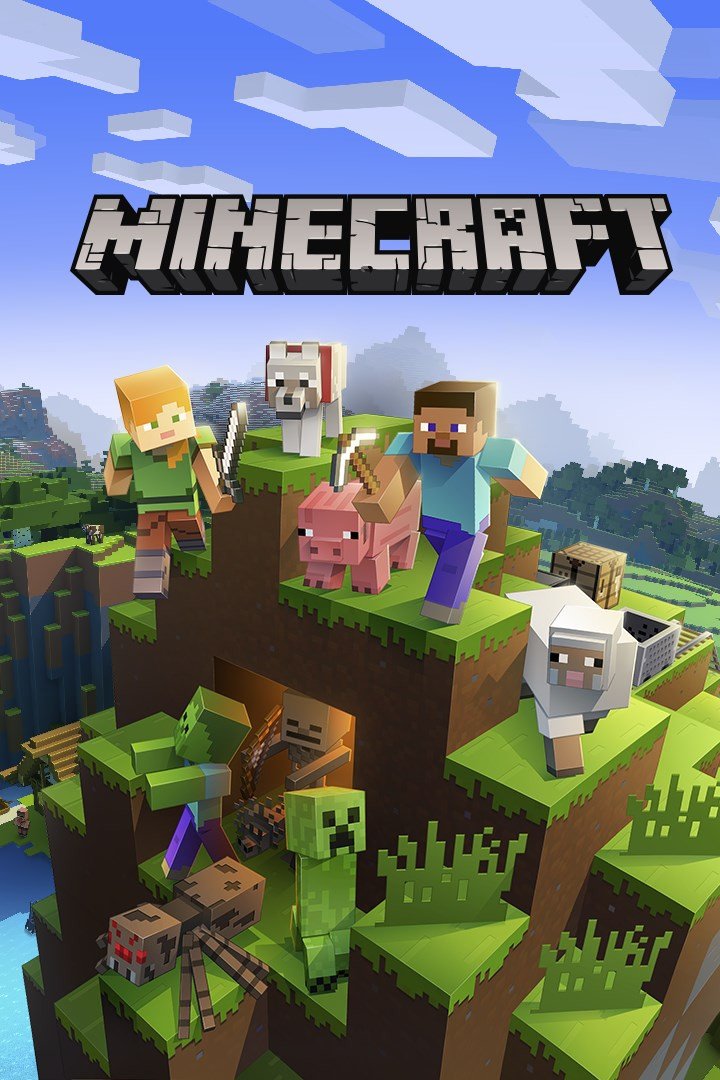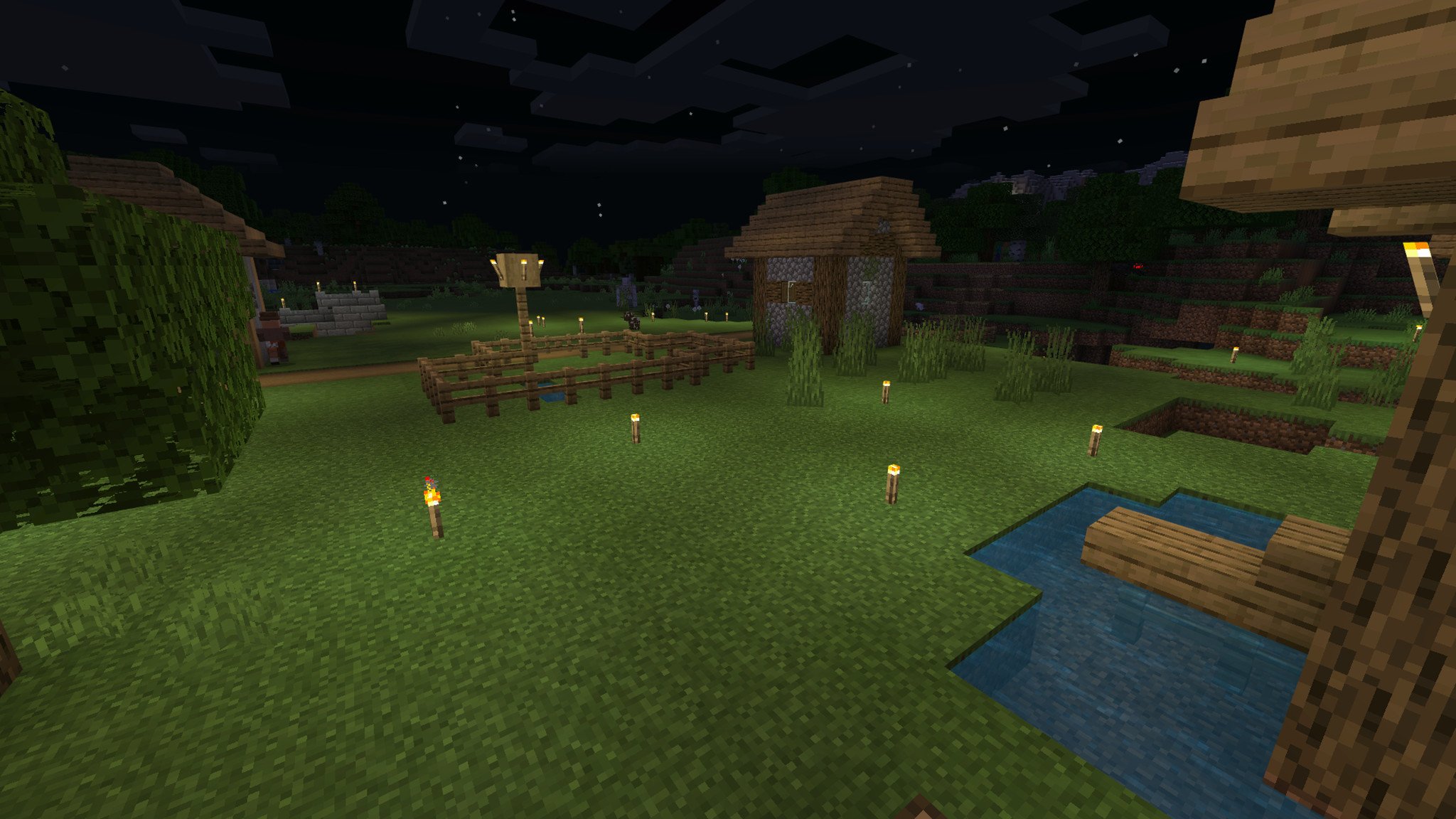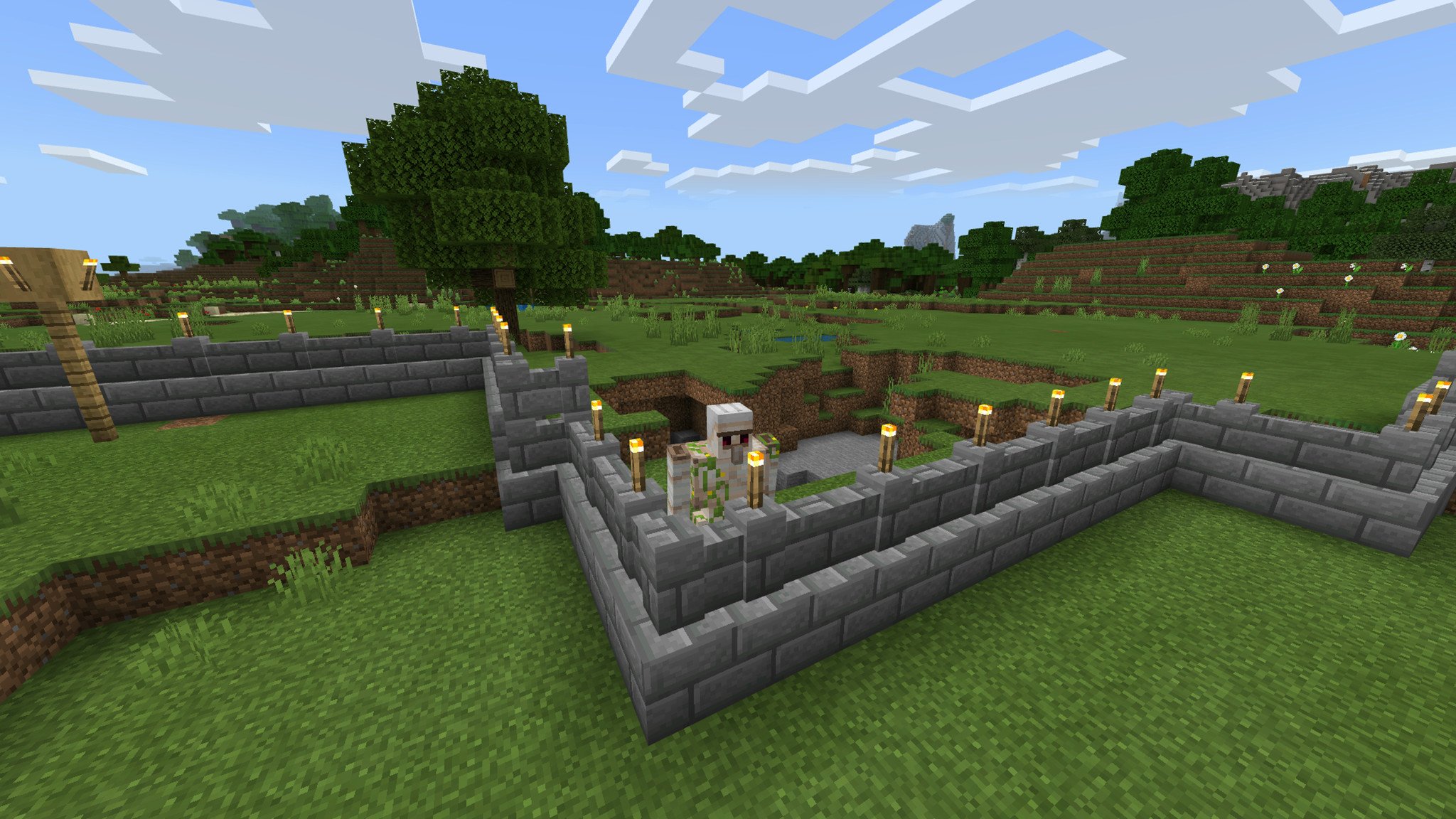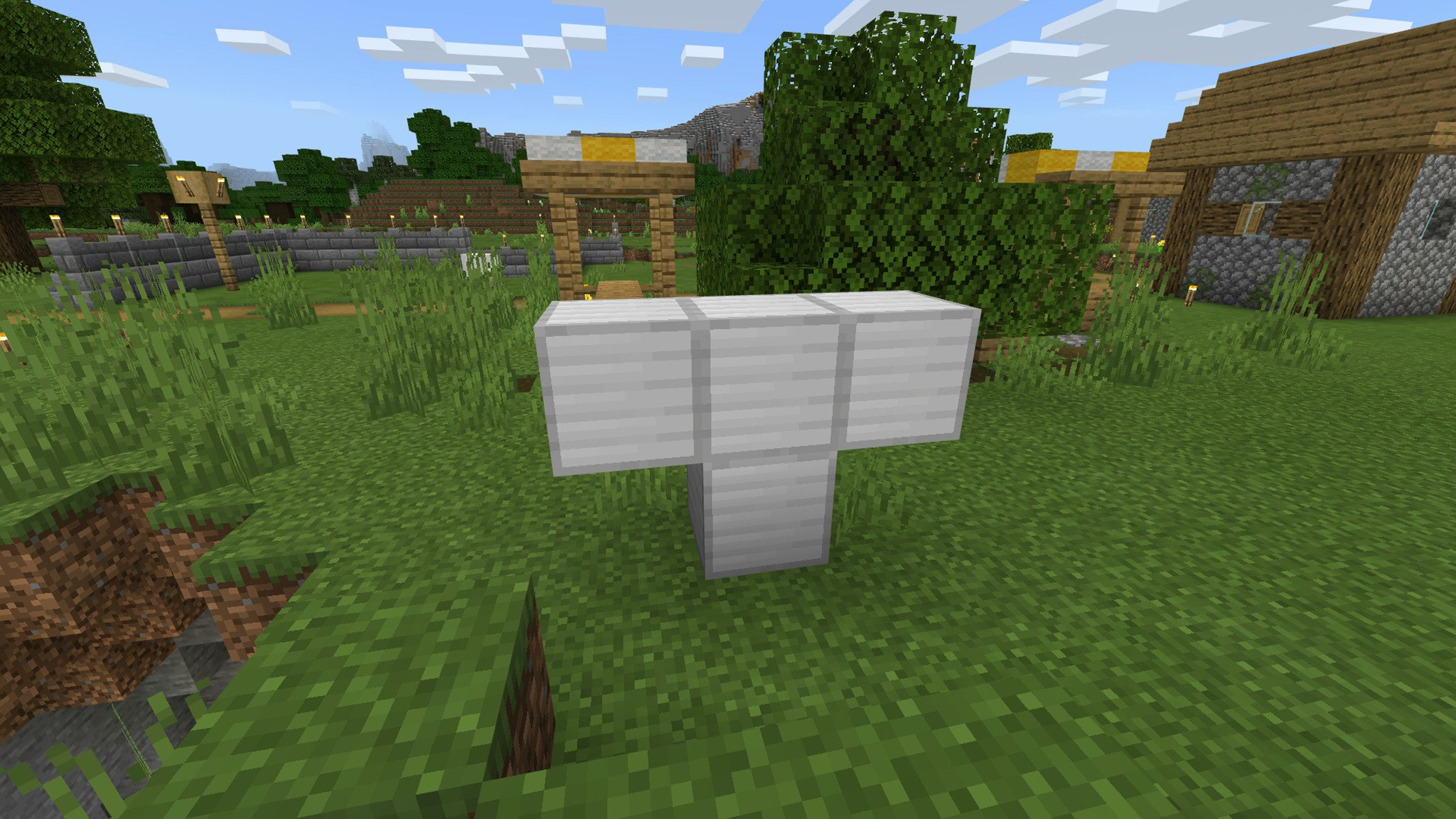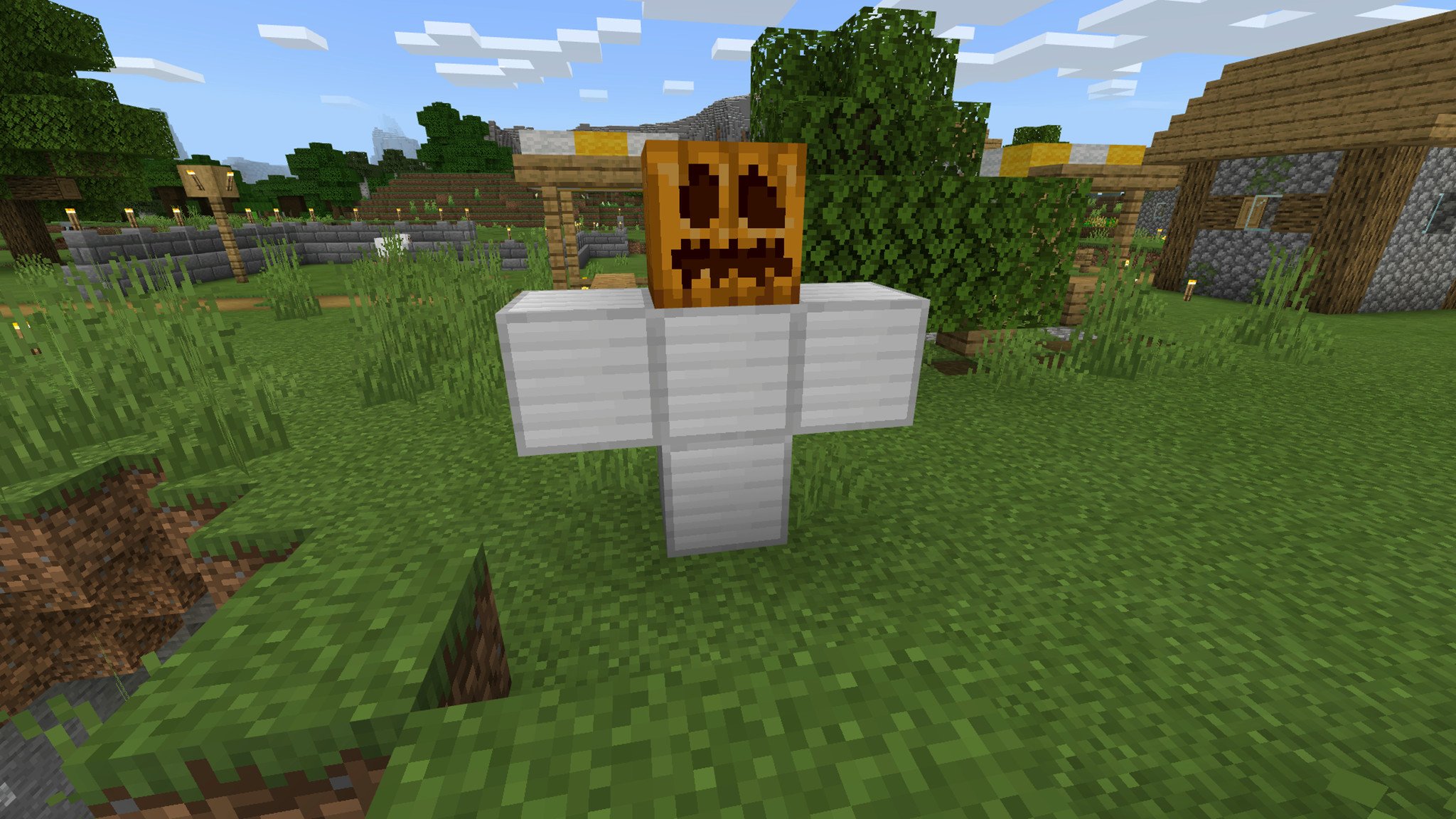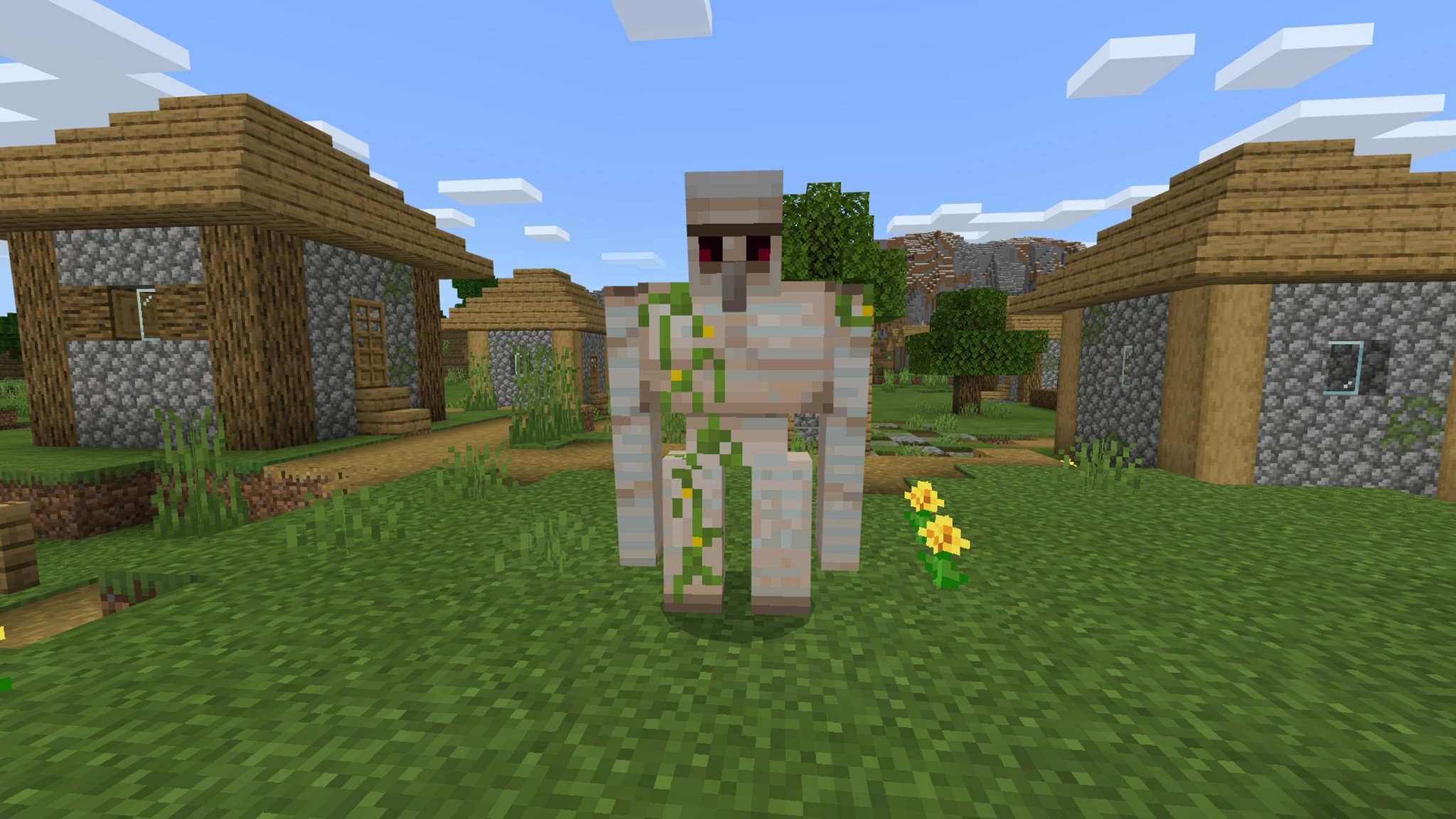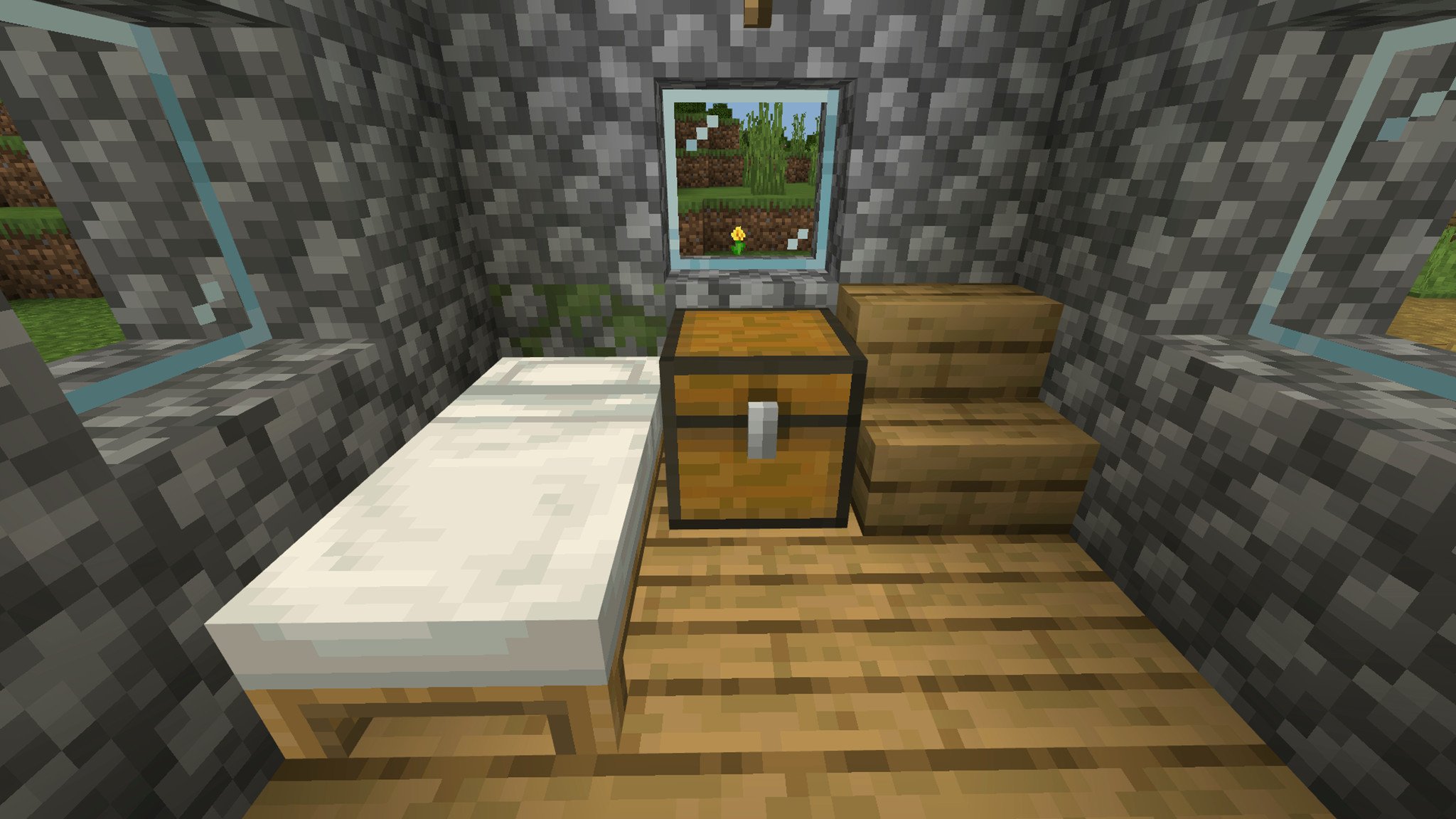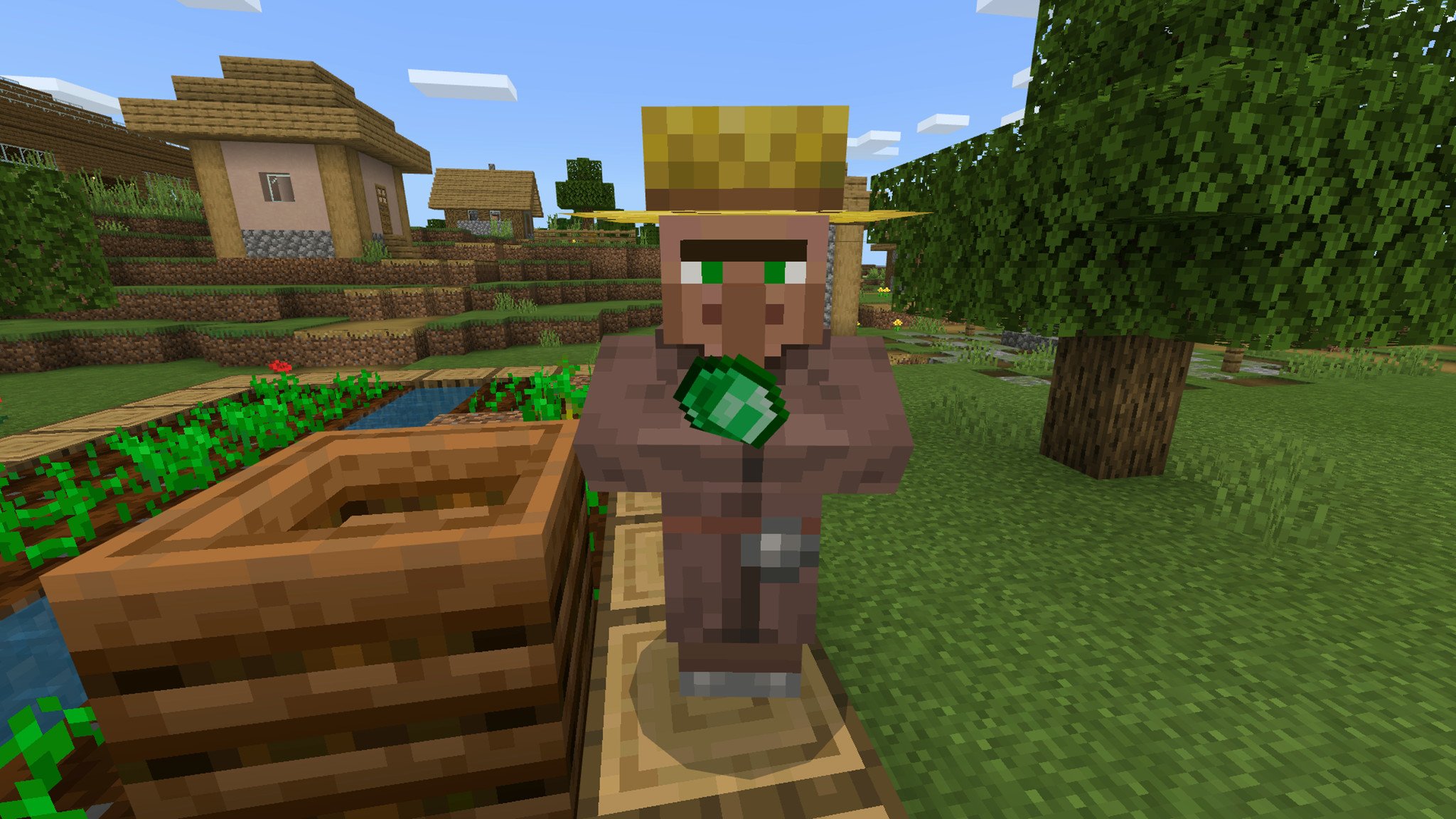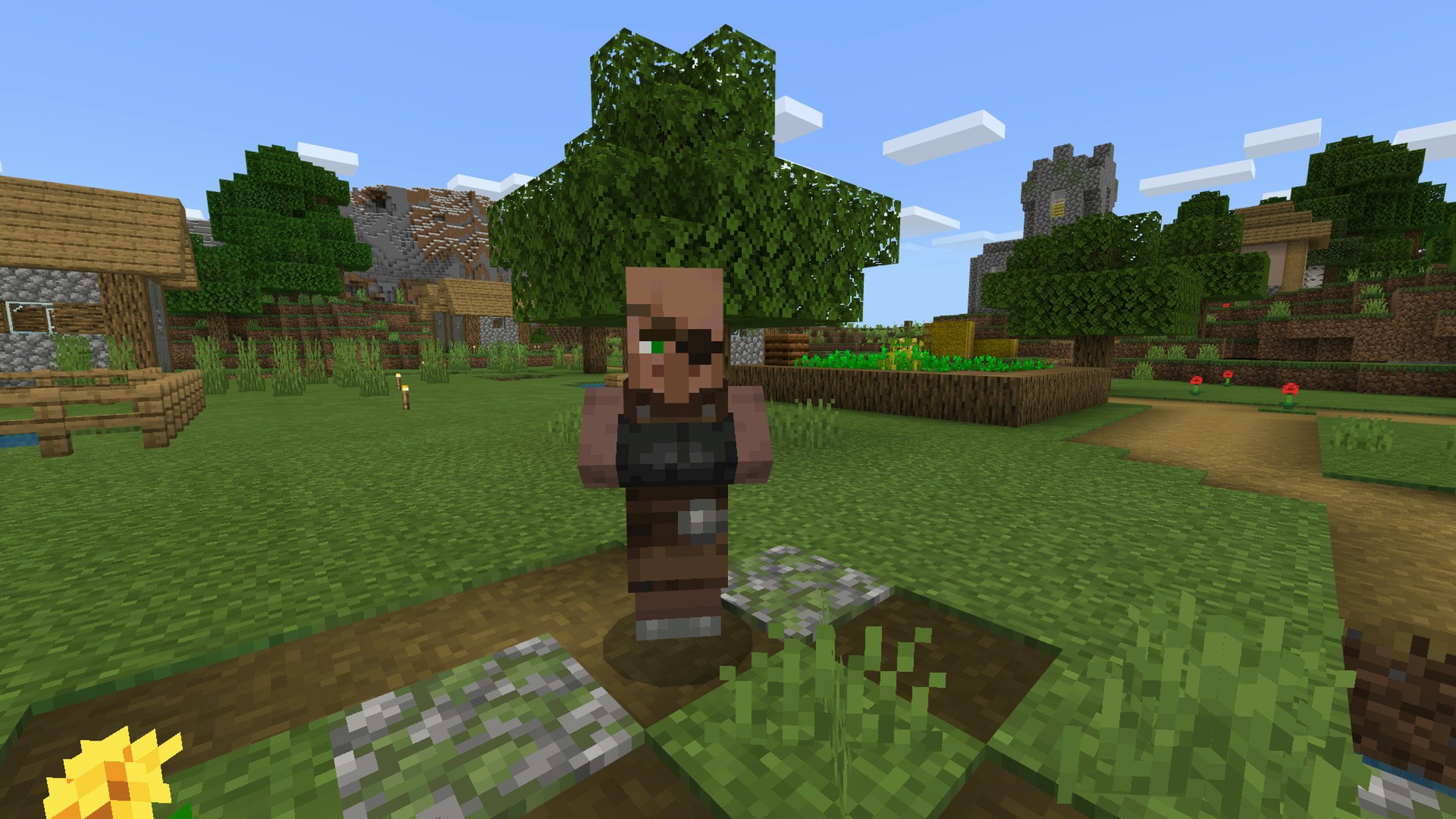Minecraft Guide to Villagers: Trading, jobs, breeding and more
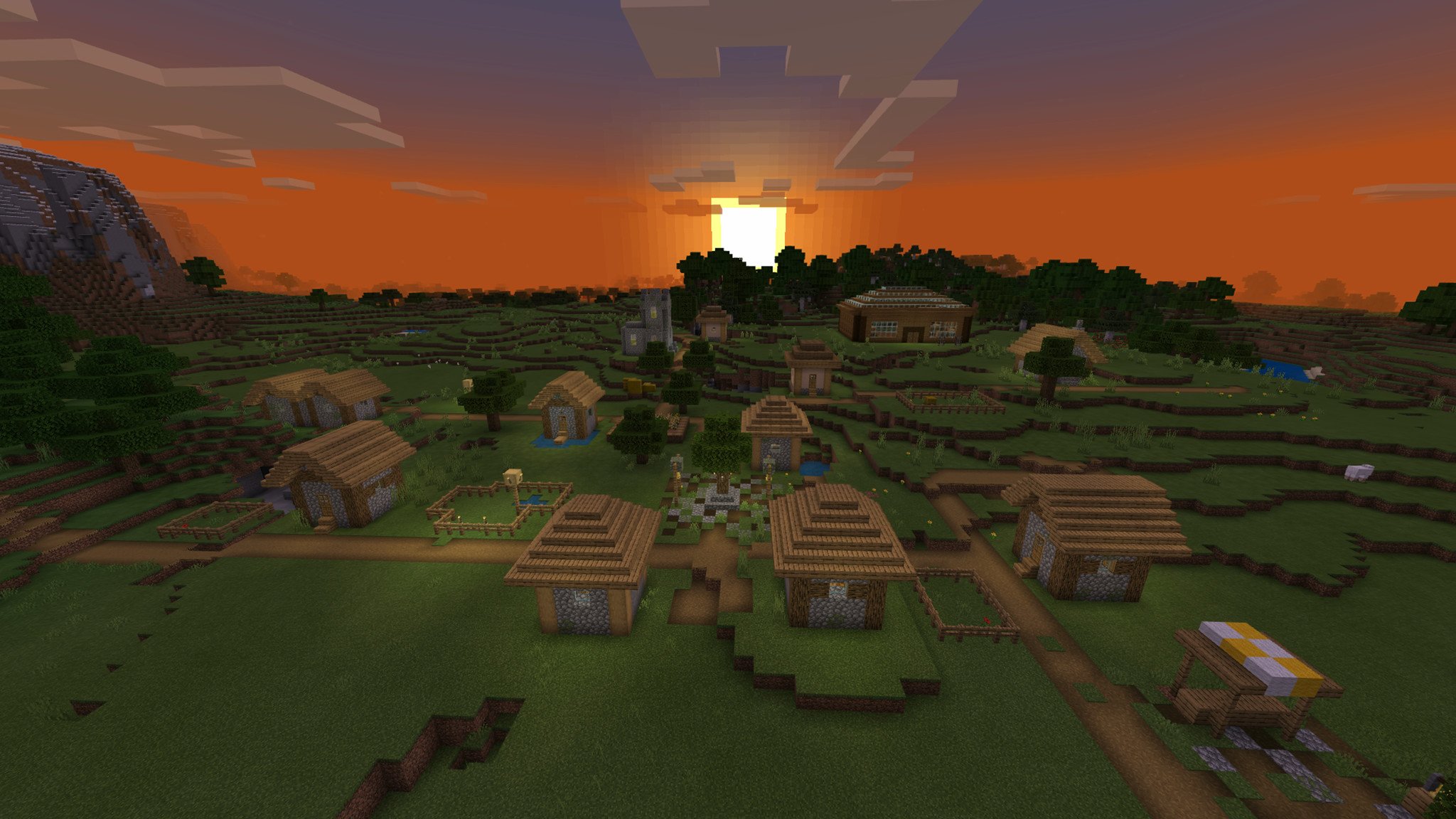
You know the drill. A newly created map with a village within viewing distance of the spawn point is a great indication you found a great seed. Discovering a village on your cursory explorative escapades is an awesome find. Having to defend villages from every threat known to Minecraft-kind is less cool, but it still presents another shade to Minecraft's colorful cycle of gameplay.
Villages are a pretty huge part of Minecraft, give your otherwise quiet worlds a bit of extra life, and as a bonus you get to feel a little less alone. Part of being such a big deal is just how many mechanics villages and their inhabitants have. Need to know it all? We have the guide to do just that.
- What are villagers?
- Where can you find villages?
- What can you find in villages?
- What threatens a village?
- How do you protect a village?
- How do you summon iron golems?
- How do you breed villagers?
- How do you trade with villagers?
- What do villagers have for trade?
- How do you improve your popularity?
What are villagers?
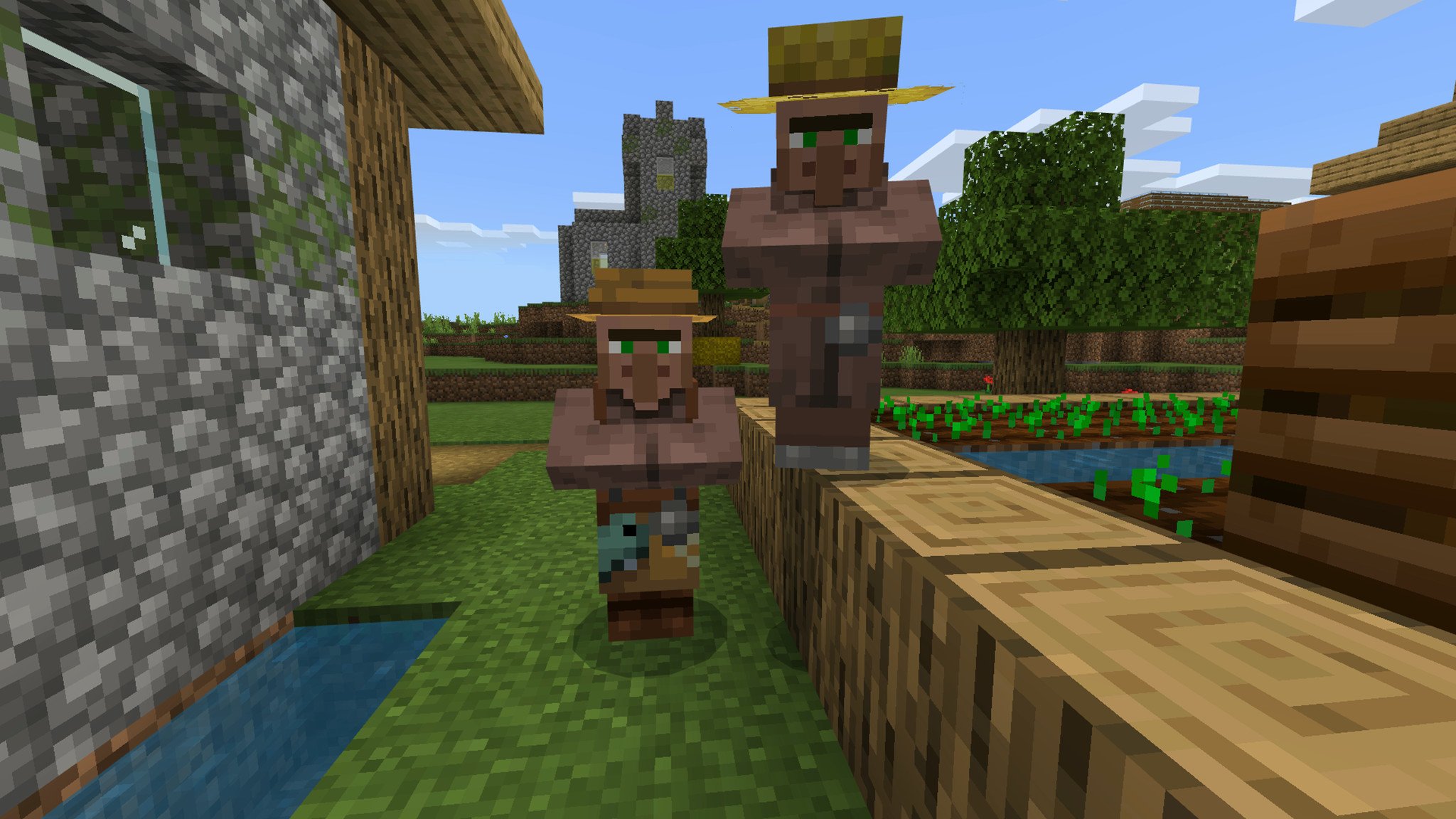
Merriam-Webster defines a villager as "an inhabitant of a village." That about sums it up.
If you want more information, villagers are peaceful mobs that reside inside procedurally generated villages in your Minecraft worlds. Villagers are able to trade a vast variety of goods with you in exchange for emeralds and other goods, which makes them a valuable commodity if you're not the exploring type.
More than that, they add a good bit of liveliness to your worlds, instead of an assortment of different-colored trees and weirdly-shaped land masses being your only company. Having a village nearby has limited—but wildly important—benefits if your playstyle aligns with them.
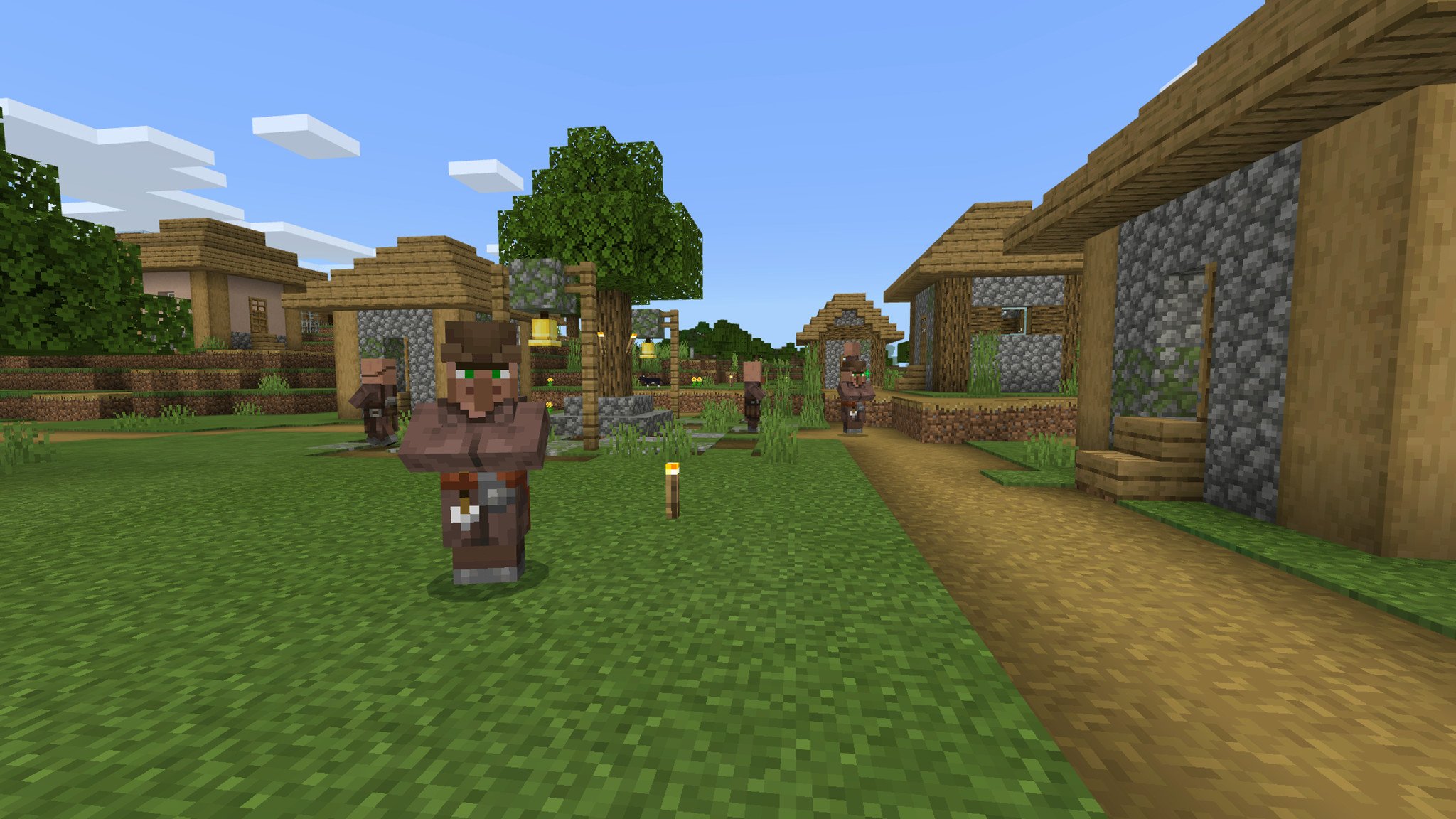
They come in a ton of varieties, most often according to the job they have. Farmers wear straw hats, while blacksmiths wear leather aprons, and so on. This provides a quick way to find which kind of villager you're looking for, as each profession will cause the villager to trade different things.
Villagers will also behave different depending on their job. A farmer will actually tend to crops and give food to the other villagers. An unemployed villager will wander around a lot more, while a nitwit (a special kind of villager that is unable to take a job) will do nothing but wander and sleep.
All the latest news, reviews, and guides for Windows and Xbox diehards.
Where can you find villages?
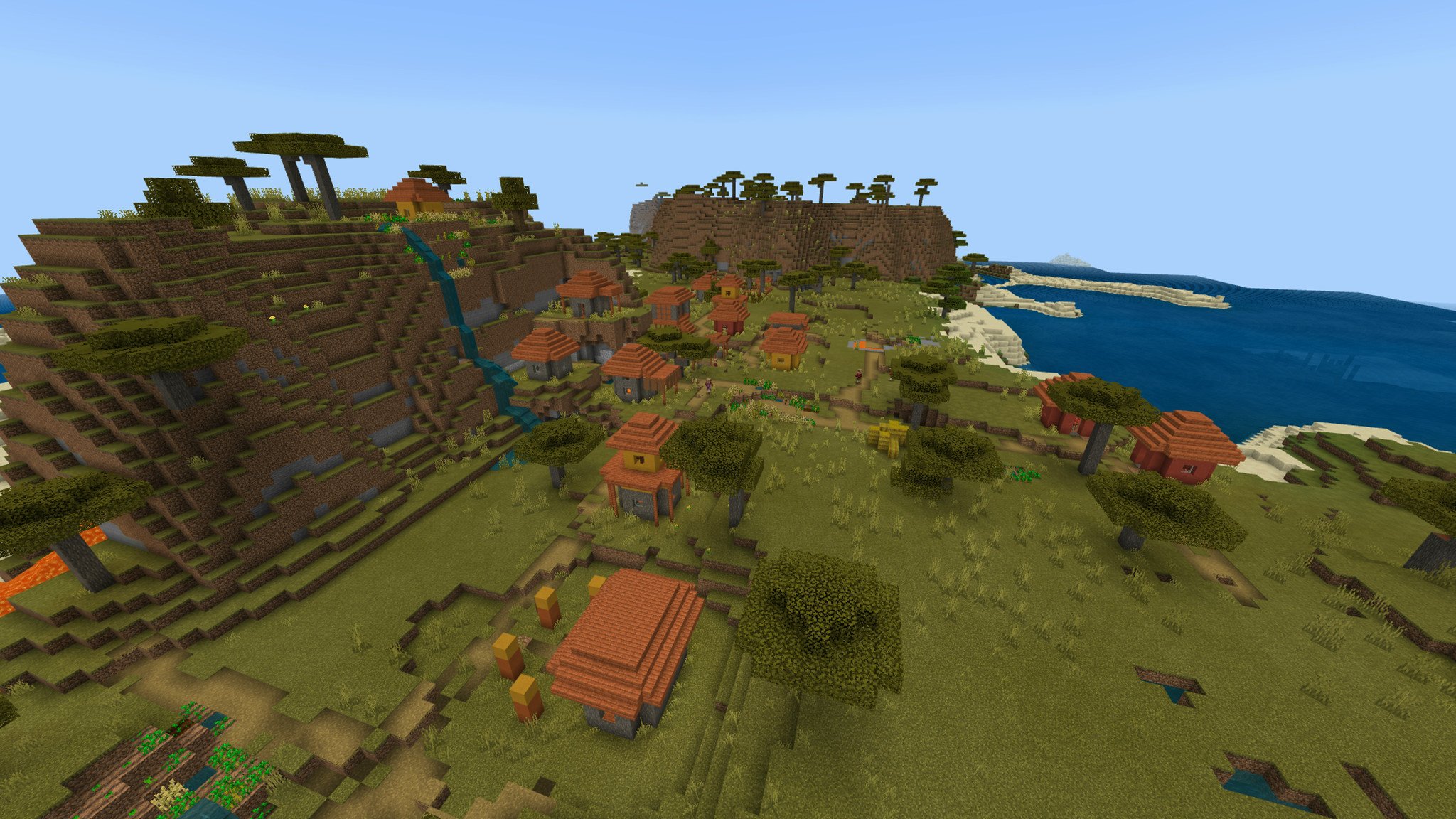
Villages come in all shapes and sizes and can now be found in a number of different biomes. Namely, plains, sunflower plains, savannas, deserts, snowy tundras, and many different taiga biomes including normal taigas, taiga hill biomes, and their snowy variants.
In order to find these villages, you simply need to explore. Then explore some more. Villages can generate pretty much anywhere inside compatible biomes, so the closest village could be just over that next hill. You can potentially shave time off by grabbing a horse or boat (if you're near water), or skip the wait entirely by choosing a world seed that starts you next to a village.
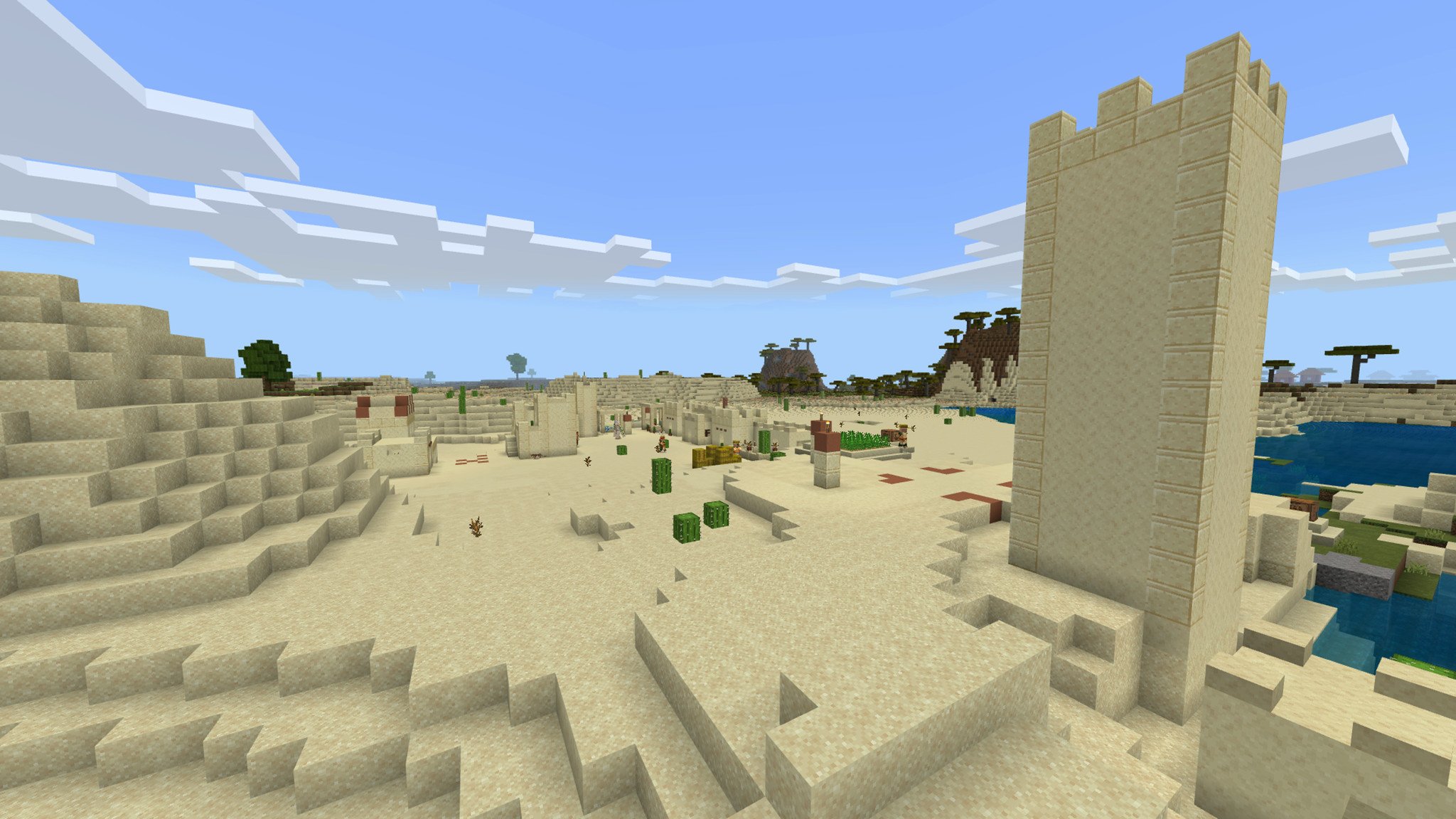
Most of the biomes also have their own unique design language for villages, lending a bit of credibility to them. There is one fault with the method Minecraft uses to spawn villages, and that is the fact they can be generated pretty much anywhere. What this means is that if there are any crevices or caves, villages will just spawn bits of dirt or sand on top of it, or carve pieces out of holes. This leads to some awfully strange landscapes around villages.
What can you find in a village?
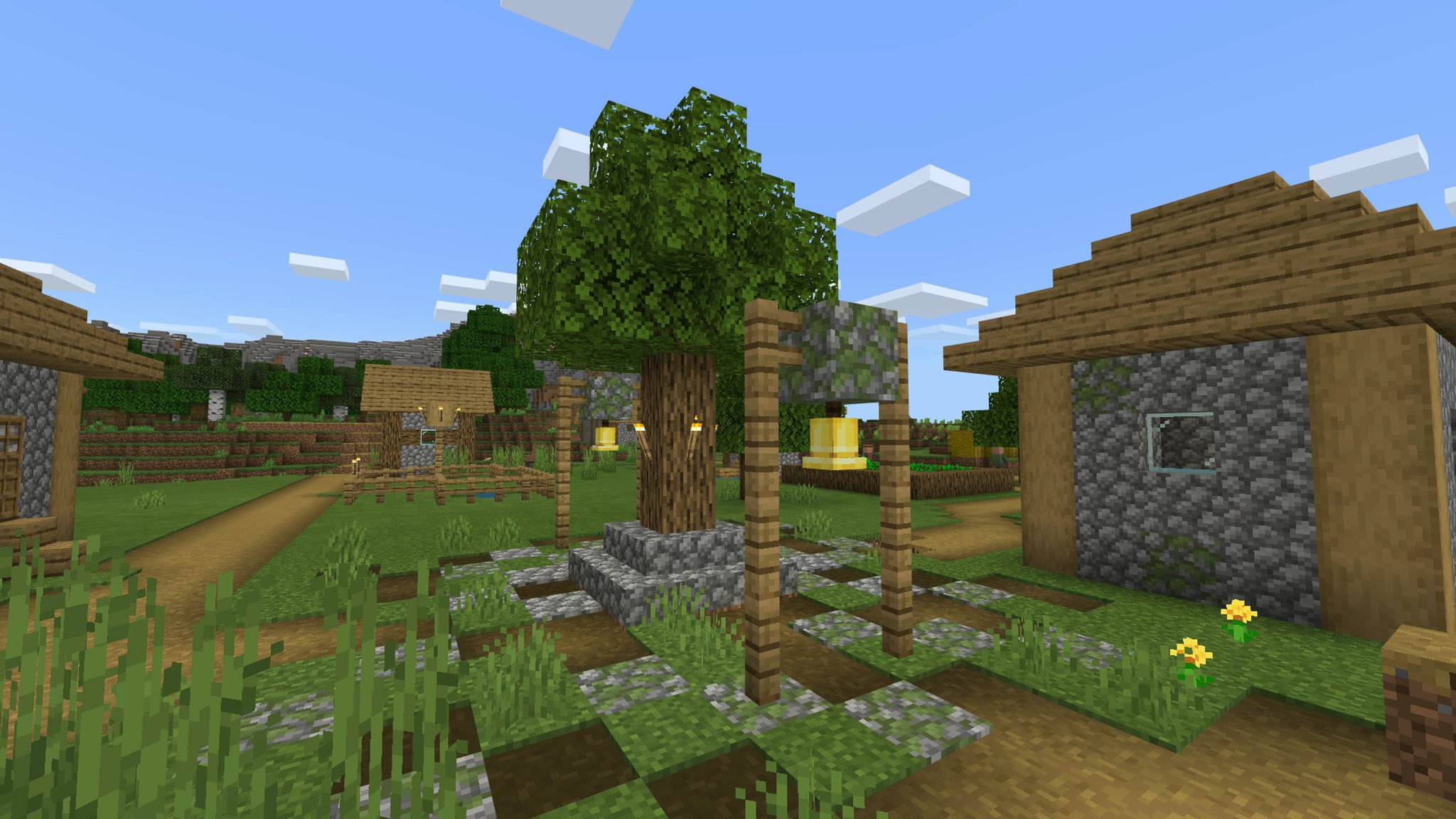
There's a lot to a village beyond just the villagers themselves. Villages normally contain an assortment of houses and buildings, plots of crops, a well, and a central gathering point with a bell for alarms. Paths usually connect much of the village, with lampposts and other decorations adorning the edges.
Out of the houses you could potentially find beds, crafting tables, furnaces, bookshelves, brewing stands, fletching tables, campfires, and much more. Even more enticing are the chests that occasionally spawn inside of houses.
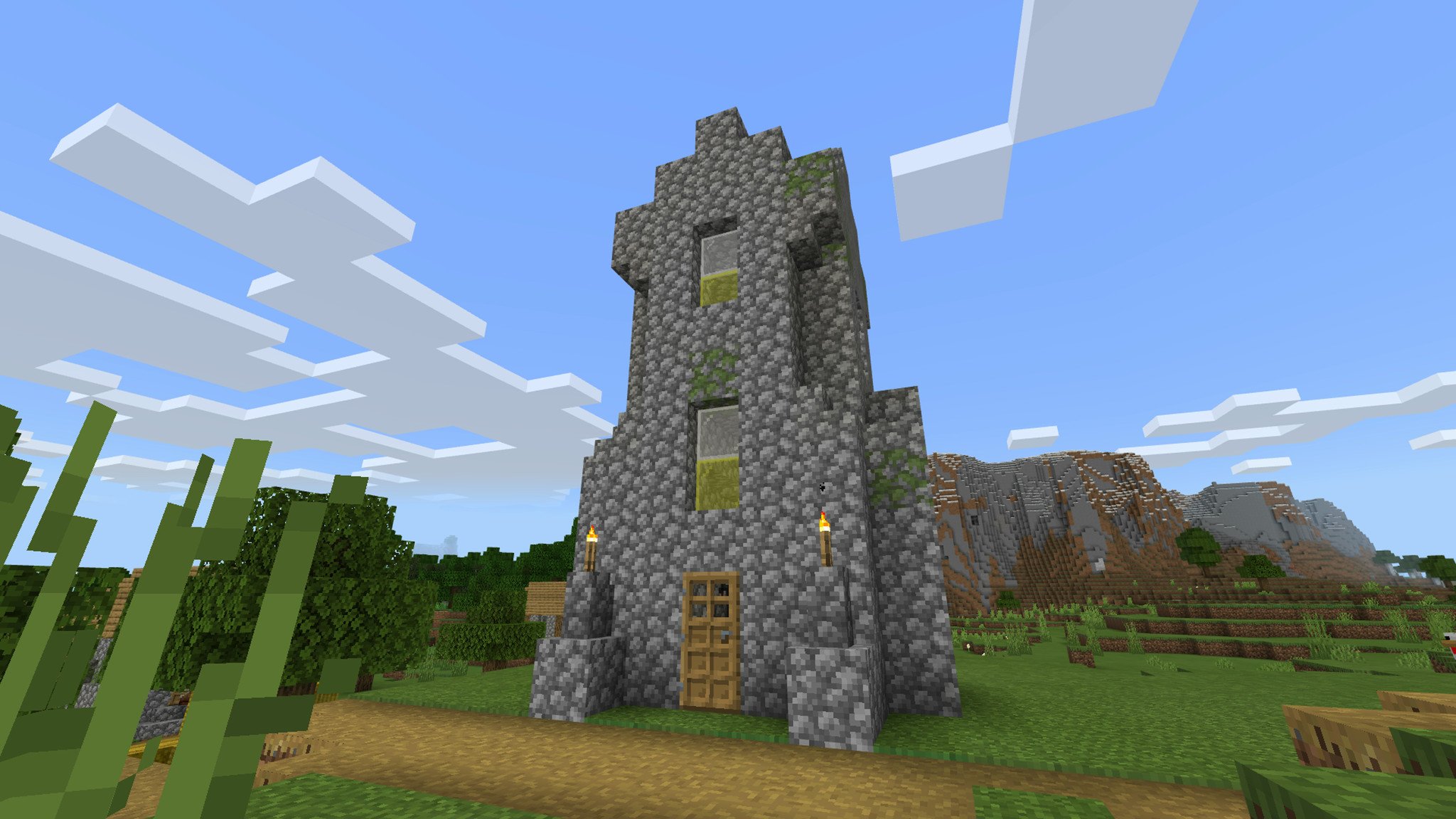
When a village is generated, many of the buildings may have a specific job assigned to them. A house for the librarian, a house for the farmer, a forge for the blacksmith, etcetera. The probabilities for each of these buildings is very complex, and actually changes depending on what biome the village is spawning in.
This causes two things. One, villagers who are assigned to those houses will often take the job associated with them. Two, those special buildings may have unique chests with special loot inside of them. There are far too many to go through every possibility, but basically each job has a chance of spawning a chest with different loot, as well as each biome having their own chest.
Here's what you can find in chests according to the biome:
Plains
- Potato
- Apple
- Bread
- Dandelion
- Poppy
- Oak sapling
- Feather
- Book
- Gold nugget
- Emerald
Savannahs
- Wheat seeds
- Bread
- Grass
- Tall grass
- Acacia sapling
- Torch
- Bucket
- Saddle
- Gold nugget
- Emerald
Deserts
- Wheat
- Bread
- Dead bush
- Cactus
- Green dye
- Clay
- Book
- Emerald
Snowy
- Beetroot seeds
- Potato
- Bread
- Beetroot soup
- Snowball
- Snow block
- Blue ice
- Coal
- Furnace
- Emerald
Taiga
- Pumpkin seeds
- Potato
- Bread
- Pumpkin pie
- Spruce sapling
- Spruce log
- Fern
- Large fern
- Oak sign
- Iron nugget
- Emerald
Here's what you can find in chests according to the job:
Blacksmith(s)
- Apple
- Bread
- Oak sapling
- Stick
- Saddle
- Iron pickaxe
- Iron sword
- Iron shovel
- All iron armor
- All horse armor
- Coal
- Iron ingot
- Gold ingot
- Emerald
- Obsidian
Fletcher
- Egg
- Flint
- Stick
- Arrow
- Emerald
Tanner
- Bread
- Leather
- Saddle
- All leather armor
- Emerald
Shepherd
- Wheat
- White wool
- Light gray wool
- Gray wool
- Black wool
- Brown wool
- Shears
- Emerald
Cartographer
- Bread
- Oak sapling
- Paper
- Map
- Compass
Butcher
- Wheat
- Raw beef
- Raw pork
- Raw mutton
- Coal
- Emerald
Mason
- Bread
- Yellow dye
- Clay
- Flower pot
- Stone
- Smooth stone
- Stone bricks
- Emerald
What threatens a village?
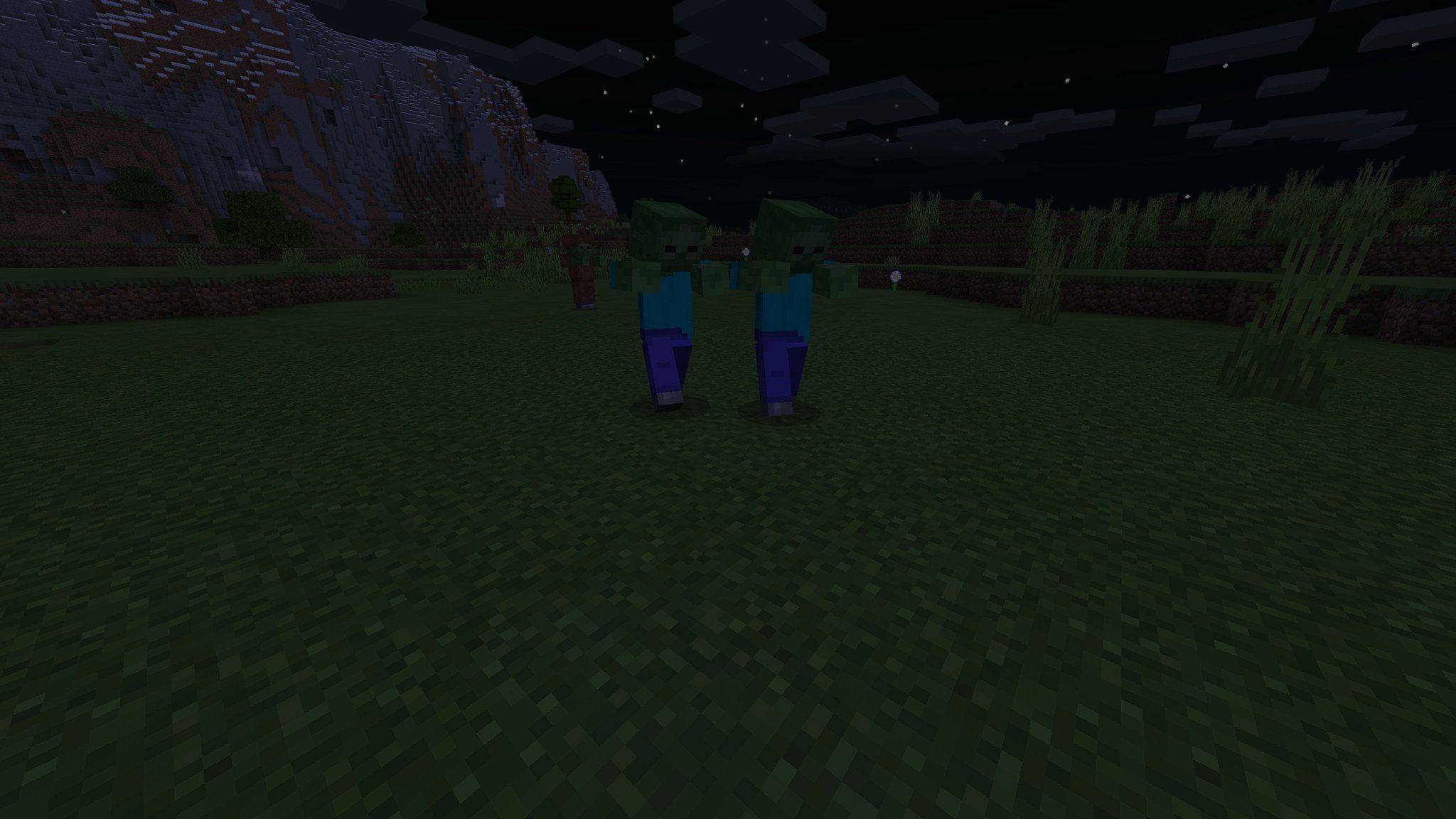
Villages are in a constant state of fear, it seems like. There are a wide variety of threats they have to deal with, which makes a village's survival suspect without your help. Here's everything that can harm your villagers, from the most common to the least:
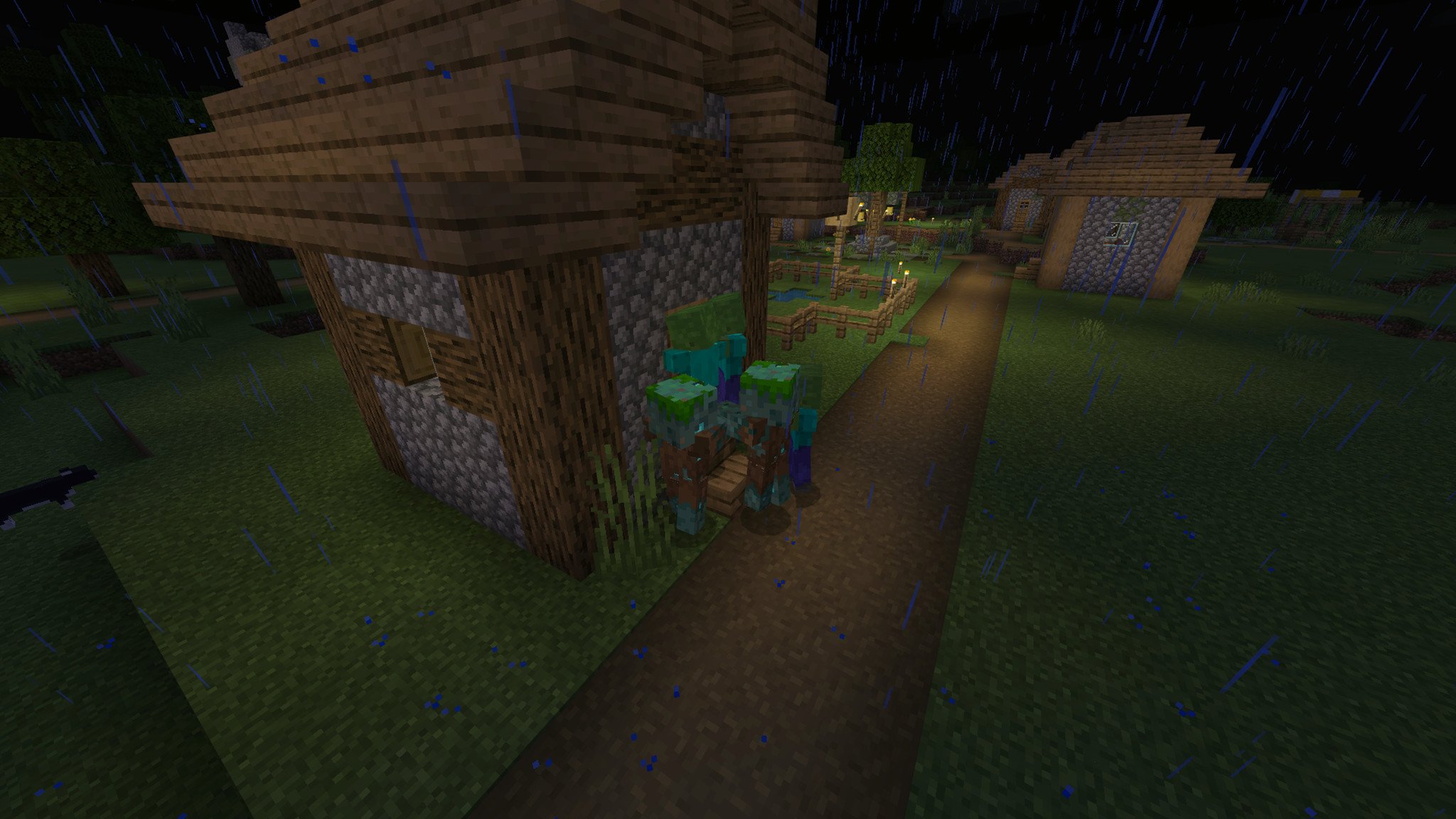
- Zombies and drowned attacks. There are two hostile mobs that selectively target villagers and attack them on sight. Both of these mobs can spawn naturally in and around villages. On harder difficulties, zombies can even break down doors, leaving villagers even more defenseless.
This is by far the easiest threat to deal with, since you can deter them with simple torches and a wall.
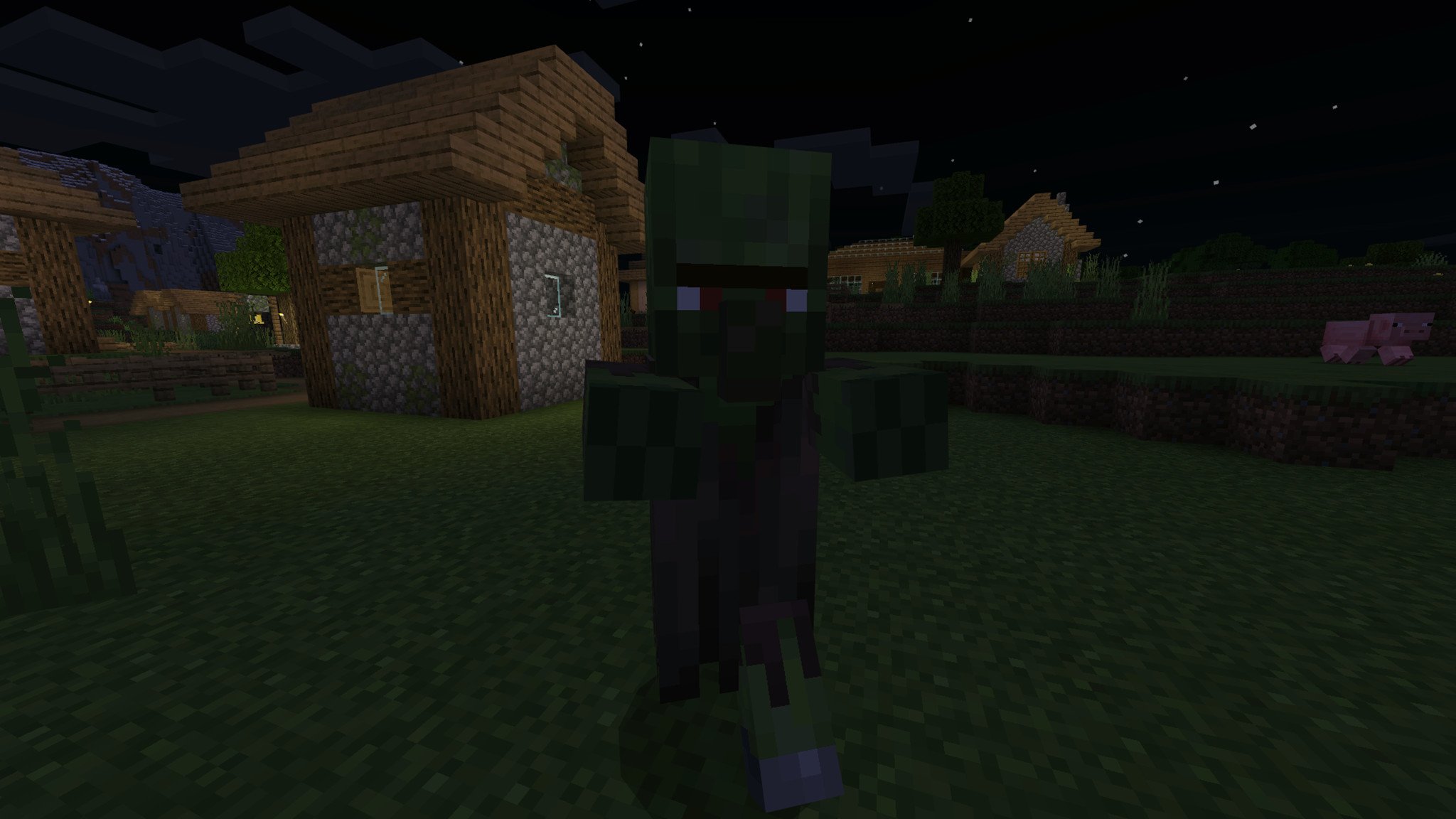
- Zombie villagers. Whenever a villager is killed by a zombie or drowned, it can turn into a zombie villager and turn on its own kind. A normal difficulties, the chance is 50%. On hard difficulties, the chance is 100%, and drowned can convert a villager from a distance by throwing a trident at them.
This is another thing that can be avoided pretty easily, but can throw a wrench into things if you're not diligent. Especially on harder difficulties.
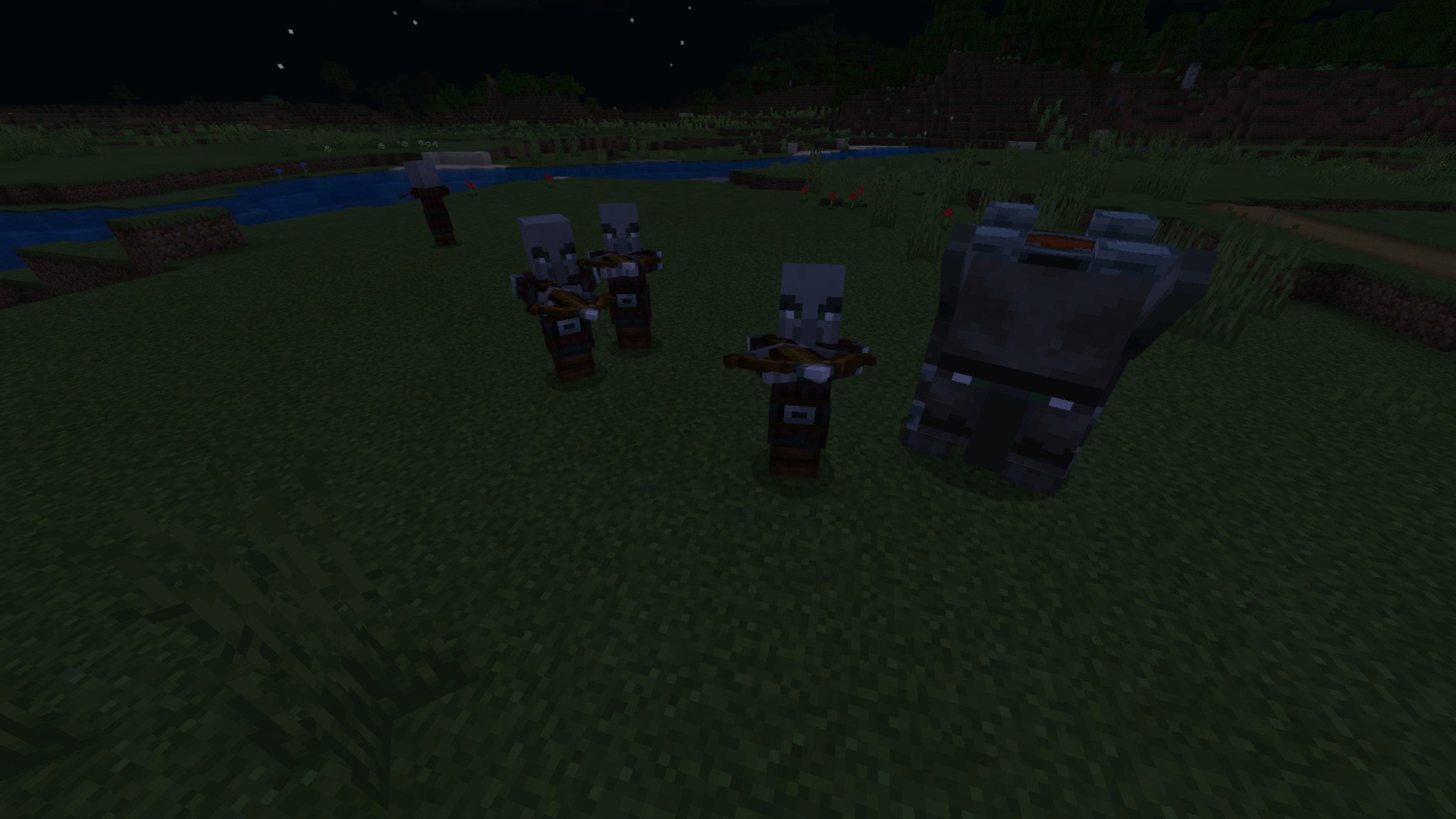
- Raids. In one of the recent major updates for Minecraft, Mojang added pillagers and ravagers. Pillagers are new hostile mobs that vaguely resemble villagers, but are extremely aggressive and are armed with crossbows. Ravagers are these huge beasts that have a lot of attack power and health, and often accompany pillagers during raids.
If you attack and kill a pillager captain during your adventures, you'll receive a Bad Omen status that remains in effect for well over an hour. If you walk into a village while this effect is active, you'll start a raid that spawns wave after wave of enemies. Being unprepared during these raids can quickly lead to your demise, and the destruction of your village.
Drinking milk will remove the effect, and walls or trenches can prevent the pillagers from getting inside your village (although their crossbows can still be dangerous.)
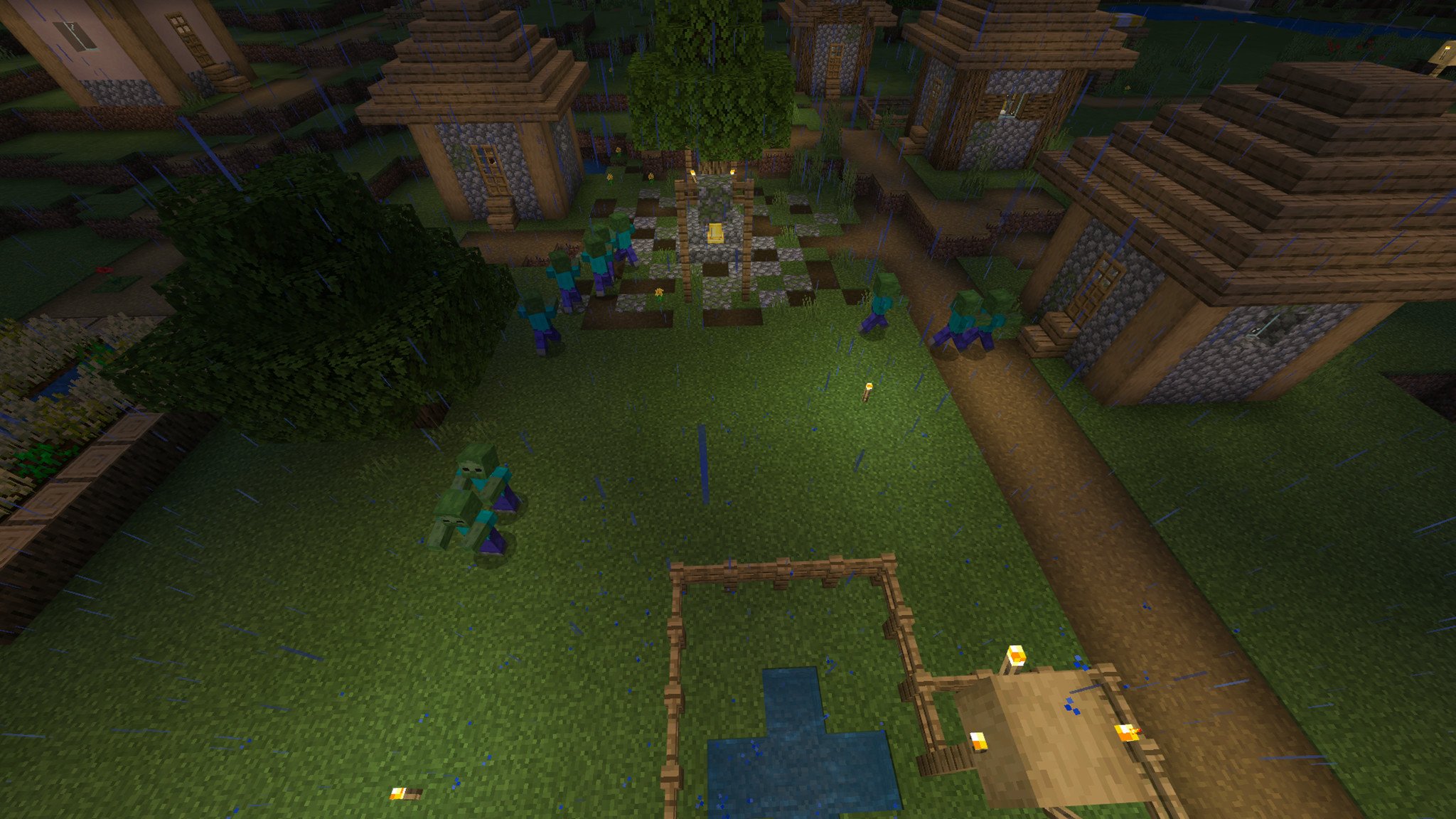
- Zombie sieges. These are uncommon events that only happen in very large villages with 20 or more villagers. This is something to look out for if you've been expanding time and resources into your village.
A zombie siege spawns a horde of zombies directly in the center of your village, regardless of walls or torches. The only deterrent will be your own fortitude and iron golem.s
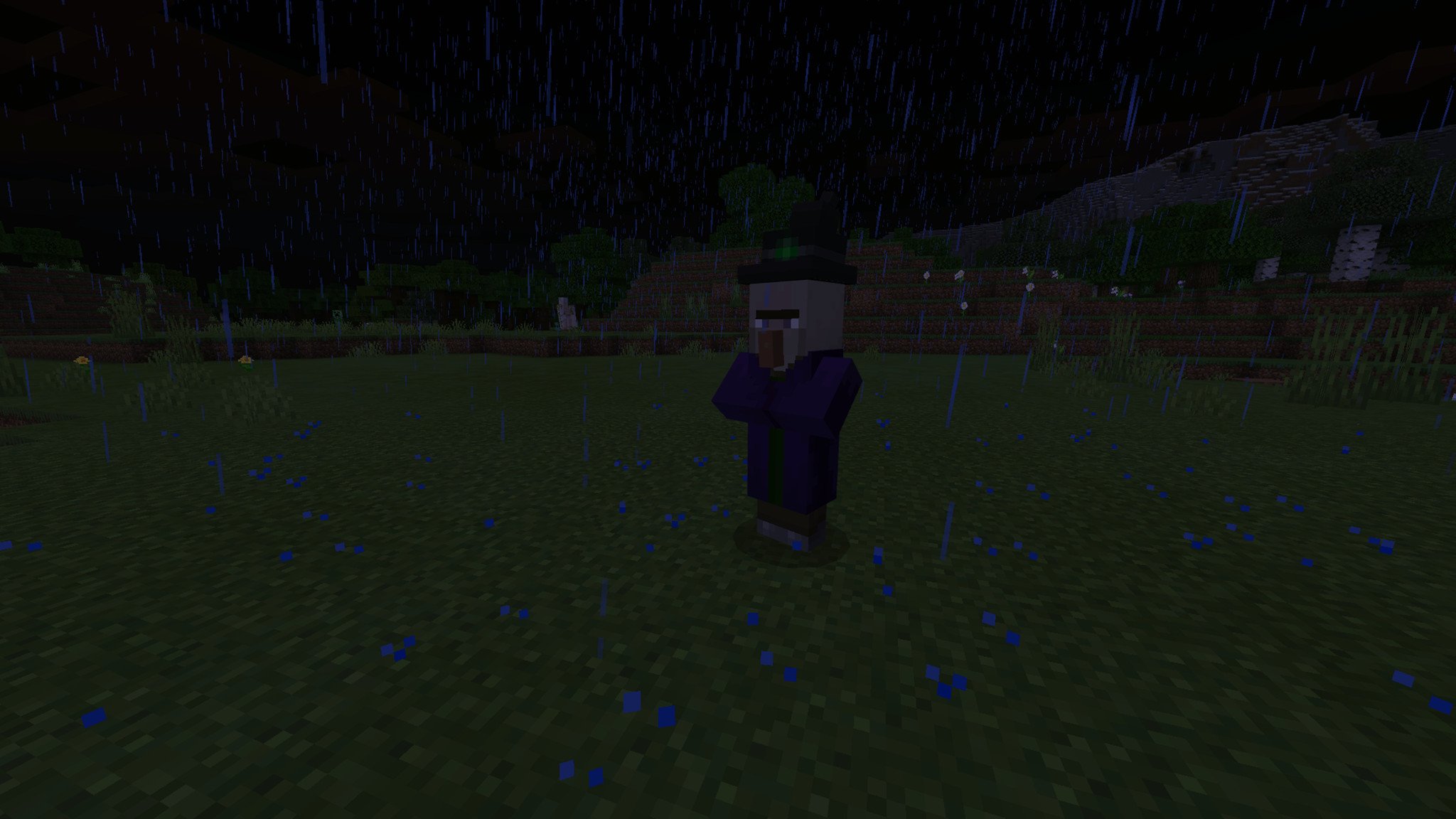
- Lightning strikes. This is a bit of an odd one, but even lightning can be dangerous to your villagers. Normally during rain or thunderstorm, villagers will immediately seek the nearest shelter. However, in the event that a villager becomes stranded outside, it's susceptible to getting hit by lightning.
If lightning strikes a villager or nearby, the villager will become a witch. This is a hostile mob that throws potions and poisons while cackling menacingly. They're a nuisance and can ruin your day. Make sure all of your villagers have somewhere to stay in the event of a storm.
How do you protect a village?
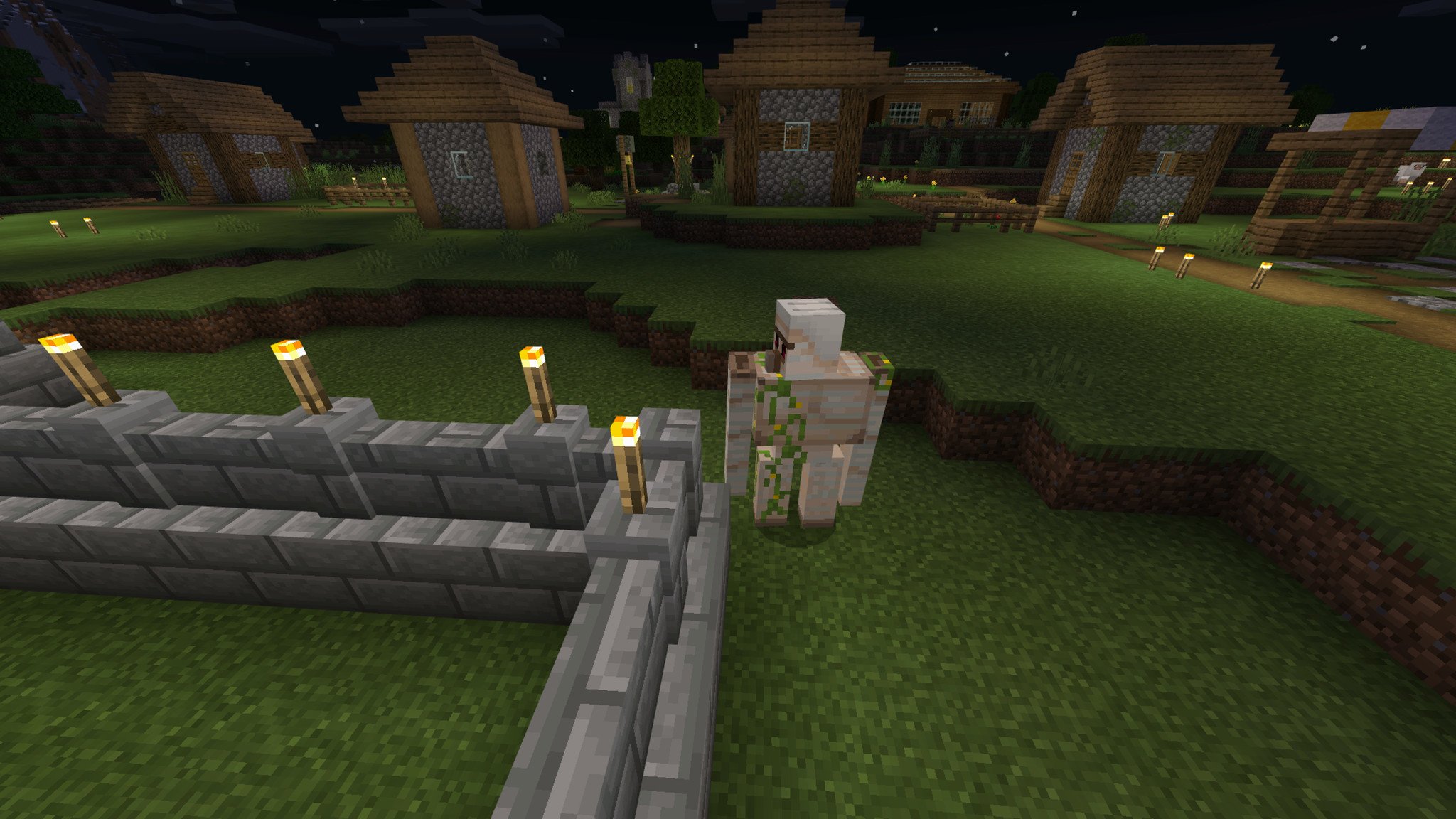
With all these threats looming ominously over every innocent village, it may be in your best interests to thoroughly protect them. From simply ensuring the village is well lit, to building external defenses, to contracting a private army, there are multiple ways to accomplish this.
- Light it up. Hostile mobs like zombies, skeletons and creepers typically spawn at night in areas with little to no light. One of the most effective deterrents to prevent villages from being attacked is filling it with torches. By default villages aren't lit very well, so placing a ton of torches can do the trick.
- Man the walls. While torches can keep hostile mobs from spawning inside of the village, walls or trenches can prevent mobs from wandering in from outside. There are multiple ways of doing this. A simple wall at least 2 blocks high will prevent anything from getting in. A trench at least 2 blocks deep with a fence on the inside will also do the trick.
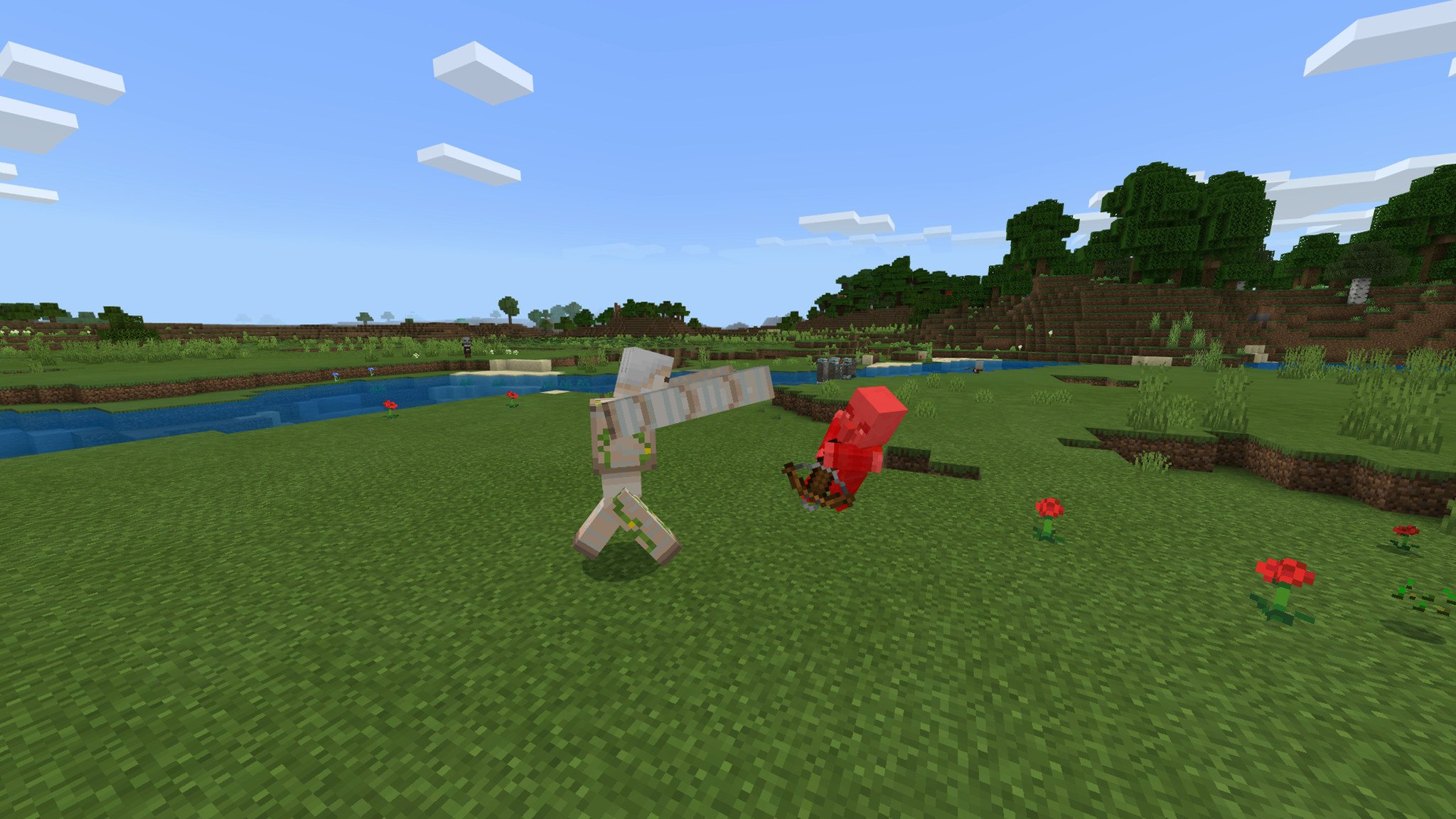
- Defend the weak. The final line of defense for your village is going to be the iron golem. Villages aren't completely protected even with both torches and walls protecting them, so you can create an army of iron golems to automatically defend the villagers and ward off hostile mobs.
The best course of action is to adopt all three of these methods. None of them are perfect solutions. Iron golems can't be everywhere at once, and may arrive too late to save a villager. Walls and torches are great, but zombie sieges can end it all.
If you really care about your village, it's worth the investment to protect it. Especially if you intend to expand your village and make it larger.
How do you summon iron golems?

Iron golems are massive passive mobs that exist solely to defend villagers and ward off the scarier mobs like zombies and skeletons. Most villages of medium size or greater will spawn with one iron golem of their own, but for true defensive power it's always a good idea to summon more.
To summon iron golems, you'll need:
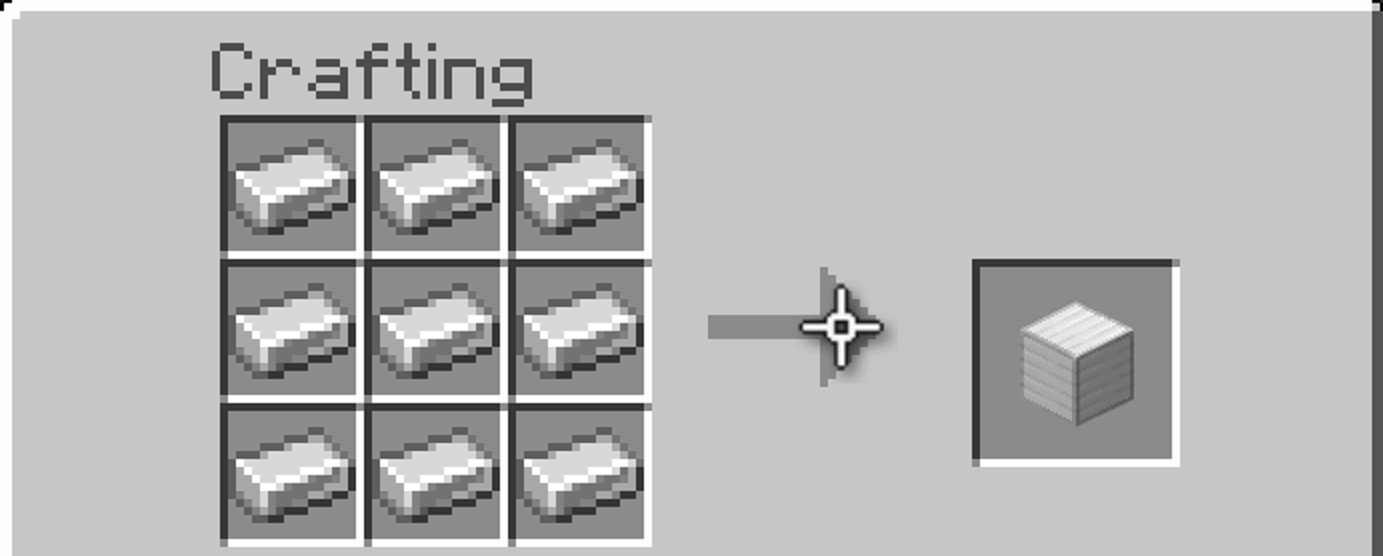
- 4 iron blocks. You can craft iron blocks by combine nine iron ingots in a crafting table. Expensive, but worth it.
- 1 carved pumpkin. Pumpkins spawn naturally around the world. You'll need 1 to summon your own iron golem.
Once you've gotten everything together, you'll need to:
- Place the iron blocks in a "t" shape. They can be in any orientation you want, but each corner needs to be air.
- Place the carved pumpkin on top. This needs to be the last step. Place your carved pumpkin on the iron "t" to become the head.
- Witness your creation! It's probably best to summon the iron golem outside or only in tall buildings, since they are significantly taller than most mobs.
You can summon a lot of iron golems if you desire, just keep in mind the costs of doing so. I'd also recommend building a wall of some kind around your village as well, since iron golems that are summoned rather than naturally spawned tend to wander a bit more.
How do you breed villagers?
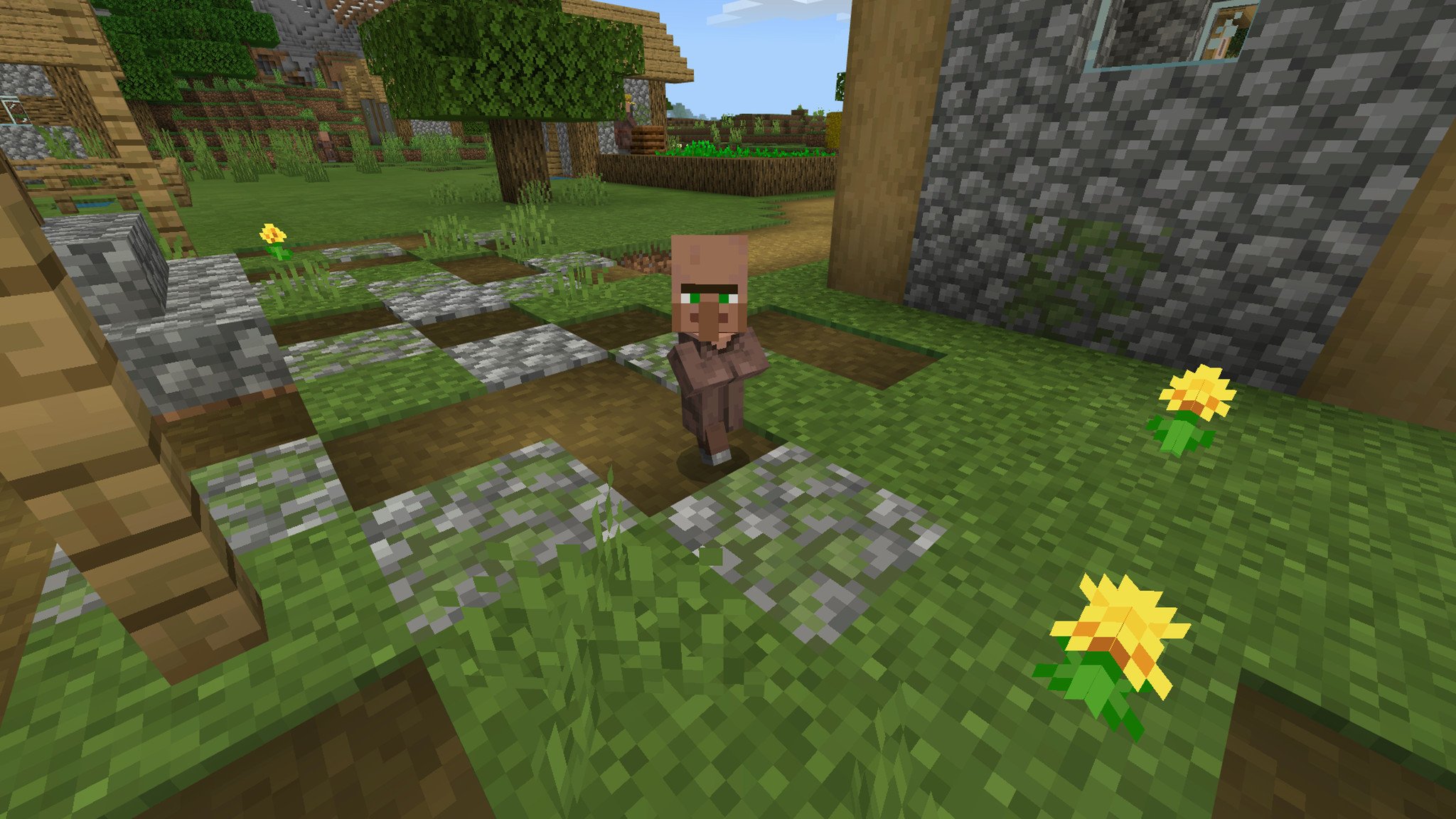
If you're looking to expand your village, or simply replenish those unfortunately lost to, well, pretty much anything, you'll need to know how to breed your villagers. In order for villagers to breed and create baby villagers, 3 prerequisites must be met.
- Beds, beds, beds. A village determines its maximum possible population by the number of valid beds present in the village. A bed is considered valid if it has a door connected to it, and has at least 2 blocks of air directly above it. In other words, it has to be safe and usable.
- Food, food, food. Villagers can actually pick things up as they go about their day, and you'll notice that occasionally villagers will actually throw things like food at each other. You can also throw food at villagers, which makes them willing to breed. You'll know you've given them enough when a shower of hearts radiates from them.
- Another villager. It takes two, you know. You need to have at least two villagers that are both willing to breed and in close proximity to each other.

Once all of these requirements are met, your villagers should spawn a baby villager next to them. The baby villager tends to just run around and jump on the beds, but eventually it'll grow into an adult villager.
If you don't have enough villagers to breed them, you have two options. You can either kidnap a villager from another village, or you can cure a zombie villager.
Tackling those one at a time, a villager perceives its home as simply what's close to it. If you take a villager out of range of the village they spawned in, and bring them within range of a new village, then they'll "move" to the new village. The easiest way to do this would probably be a minecart and rail system.
Alternatively, you can also cure a zombie villager. This is a great option if your villager has already been decimated, or if you're simply want to start your own village from scratch. It's a bit time consuming and a little expensive, but we've written up a guide on how to do it.
How do you trade with villagers?
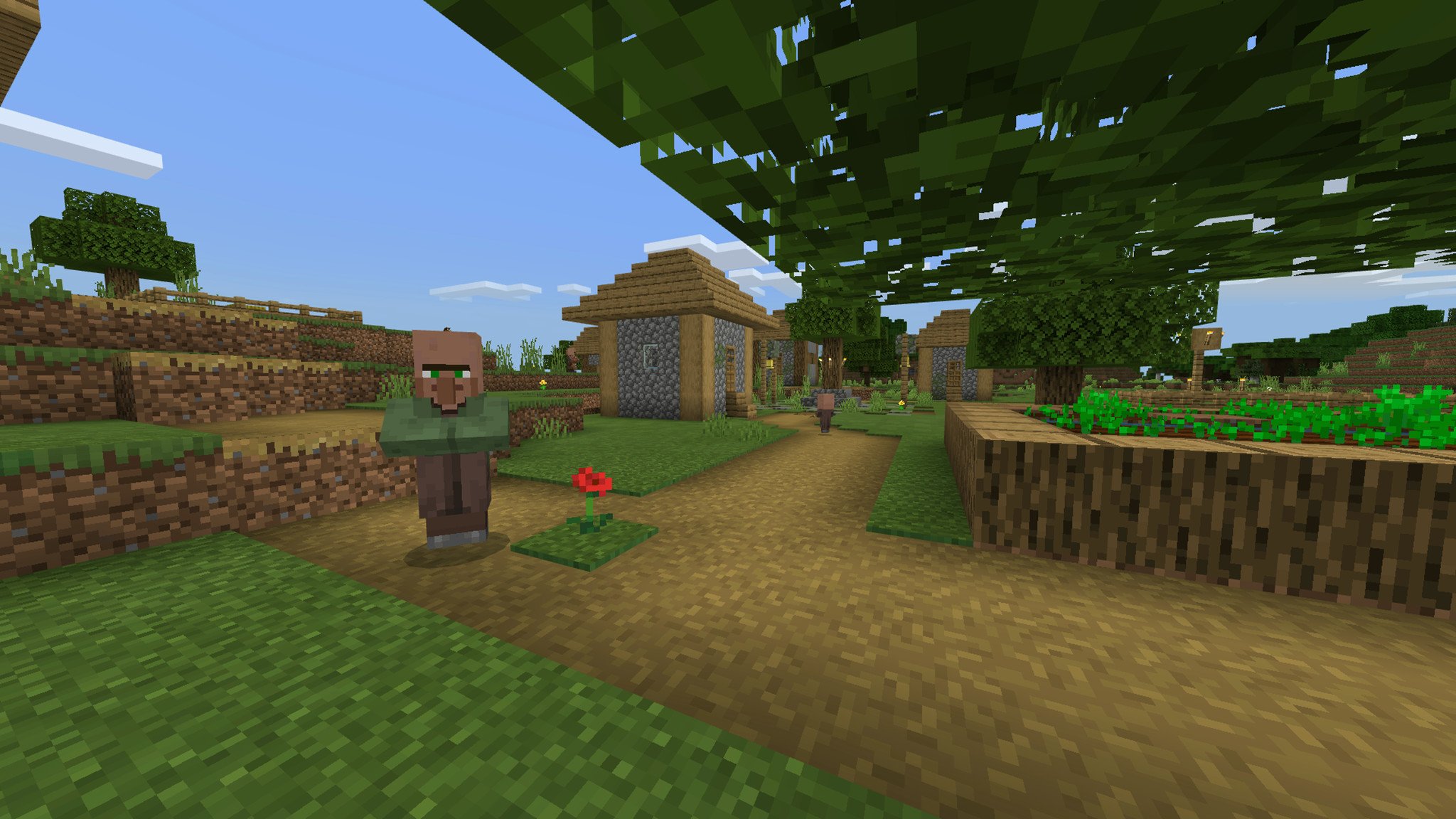
The biggest reason most players will be interested in villages will be the in-depth trading system baked into villagers. This allows you to possibly get things that would normally be very difficult in your area or flat out impossible.
Villagers that have professions (like librarians, butchers, blacksmiths, etcetera) are all able to trade to players. Nitwits, unemployed villagers, and baby villagers are not able to. Whenever you interact with a villager that can trade, a special trading menu opens that shows you what trades are available.
These trades change from villager to villager, and many trades are only possible with certain professions. For example, librarians may often trade for paper or books, while butchers will want meat.

Villagers also have a leveling system in place that unlocks additional trades as they progress. There are five levels in total, ranging from novice, apprentice, journeyman, expert, and master. Trading regularly with villagers is how they gain experience towards their next level, so it's a mutually beneficial relationship.
Not only do you have a relationship with individual villagers in regards to what trades are available, but you also cultivate a relationship with the village as a whole. This is referred to as your popularity. The higher your popularity, the better the prices for trades are. The lower your popularity, the higher the prices.
While the items up for trade vary wildly, the one common denominator across all trades are emeralds. Emeralds are basically Minecraft's currency, and you'll want to horde these if you think trading is beneficial to you.
There are three ways to get emeralds:
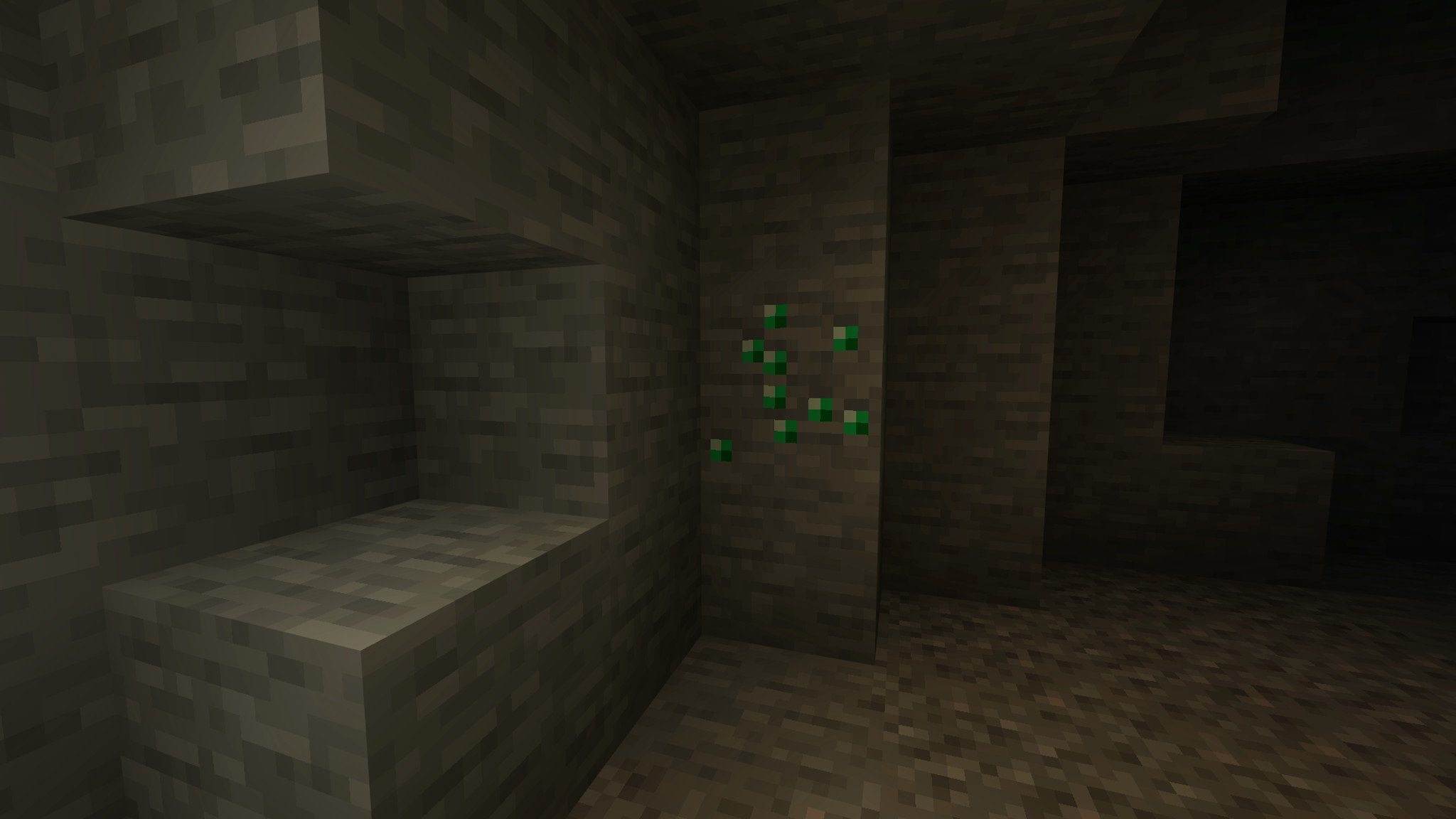
- Mining. Emeralds are found near the bottom of the Overworld, in the same general area as diamonds. Believe it or not, emeralds are actually considerably rarer than diamonds, since they're only found in mountain biomes, and you'll only ever find one at a time. I definitely recommend getting a pickaxe with the Fortune enchantment,, so that you can scoop up 2 or 3 emeralds per find instead.
- Looting. Emeralds can be found in chests everywhere, and are especially common in villages. Keep an eye out for chests wherever you go and you might get lucky.
- Trading. This one isn't surprising. You can get emeralds from trades, if you have something a villager wants. It's a whole economy, and it works both ways.
Trades have another level of complexity to them, however. Just like in the real world, supply and demand is in play here. Villagers have a limited stock of their items at any one point, and can only restock when they return to their job site.
If a villager realizes that you're trading for a certain item a lot, the price of that trade will rise steadily every time the villager resupplies. If you don't use that trade for a while, the price will gradually decline again. This effects items as a whole, so you'll need to alternate between different trades to prevent inflated prices from ruining your fun.
Here's how to take advantage of the trading system in Minecraft:
- Find the trade you're interested in. Villagers are dressed according to their profession. If you want a sword, for example, look for a villager dressed like a blacksmith.
- Open the trading menu. Left trigger or right-click, just like everything else with a menu.
- Look for the trade you want. If you don't see a trade you're interested in, go look for some other villagers, or help the villagers level up and unlock new trade options.
- Pay the cost. The trade will list what the cost of the trade is, and what you'll get in return. It'll either be item(s) for emerald(s) or the other way around.
- Repeat. There's no limit to how many trades you can do, as long as you can pay the costs and are wary of the supply and demand system.
A neat trick you can use to parse what trades are available is to hold the item you wish to trade away. If a villager sees that you're holding an item they're interested in, they will show you the item they'll trade for it. If there are multiple trades involving your item, they'll cycle through them. This helps you assess at a glance what villagers might peak your interest.
What do villagers have for trade?
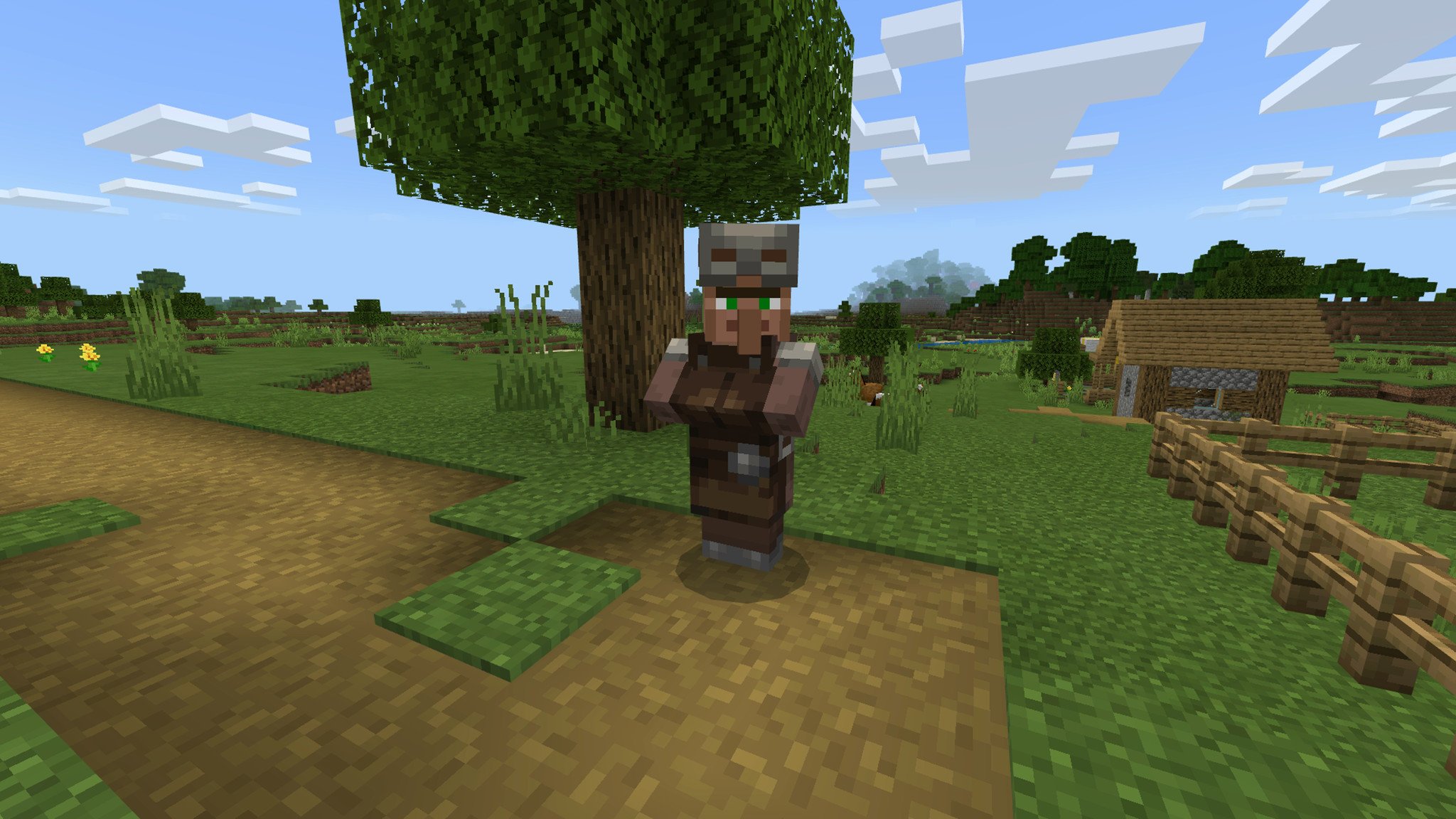
At the moment, there are a total of 15 professions that villagers can take. Each profession has a different appearance, different job sites, and different trade options.
| Profession | Description | Trade options |
|---|---|---|
| Unemployed | Generic villager with brown robes | No trades until employed |
| Nitwit | Unique villager with green robes | No trades ever |
| Armorer | Blacksmith wearing mask | Horse armor; iron armor; chainmail |
| Weaponsmith | Blacksmith with black apron and eyepatch | Crafting materials; bells; melee weapons |
| Toolsmith | Blacksmith with black apron | Crafting materials; bells; tools |
| Farmer | Villager with straw hat | Crops; food |
| Butcher | Villager with white apron and red headband | Meats; berries; stew; dried kelp blocks |
| Shepherd | Villager with white apron and brown hat | Wool; shears; dyes; beds; paintings |
| Fisherman | Villager with fisher's hat | Campfires; fishing rods; fish |
| Fletcher | Villager with feathered hat and quiver | Crafting materials; arrows; bows; crossbows |
| Librarian | Villager with eyeglasses and a book on their head | Books; compasses; clocks; ink sacs; glass; name tags |
| Cleric | Villager with purple robes | Enchanting items; potion items; redstone items |
| Cartographer | Villager with gold monocle | Maps; banners; compasses |
| Leatherworker | Villager with brown apron and gloves | Leather armor; saddles; other leather items |
| Stone mason | Villager with black apron and glove | Stone; terracotta; quartz |
How do you improve your popularity?
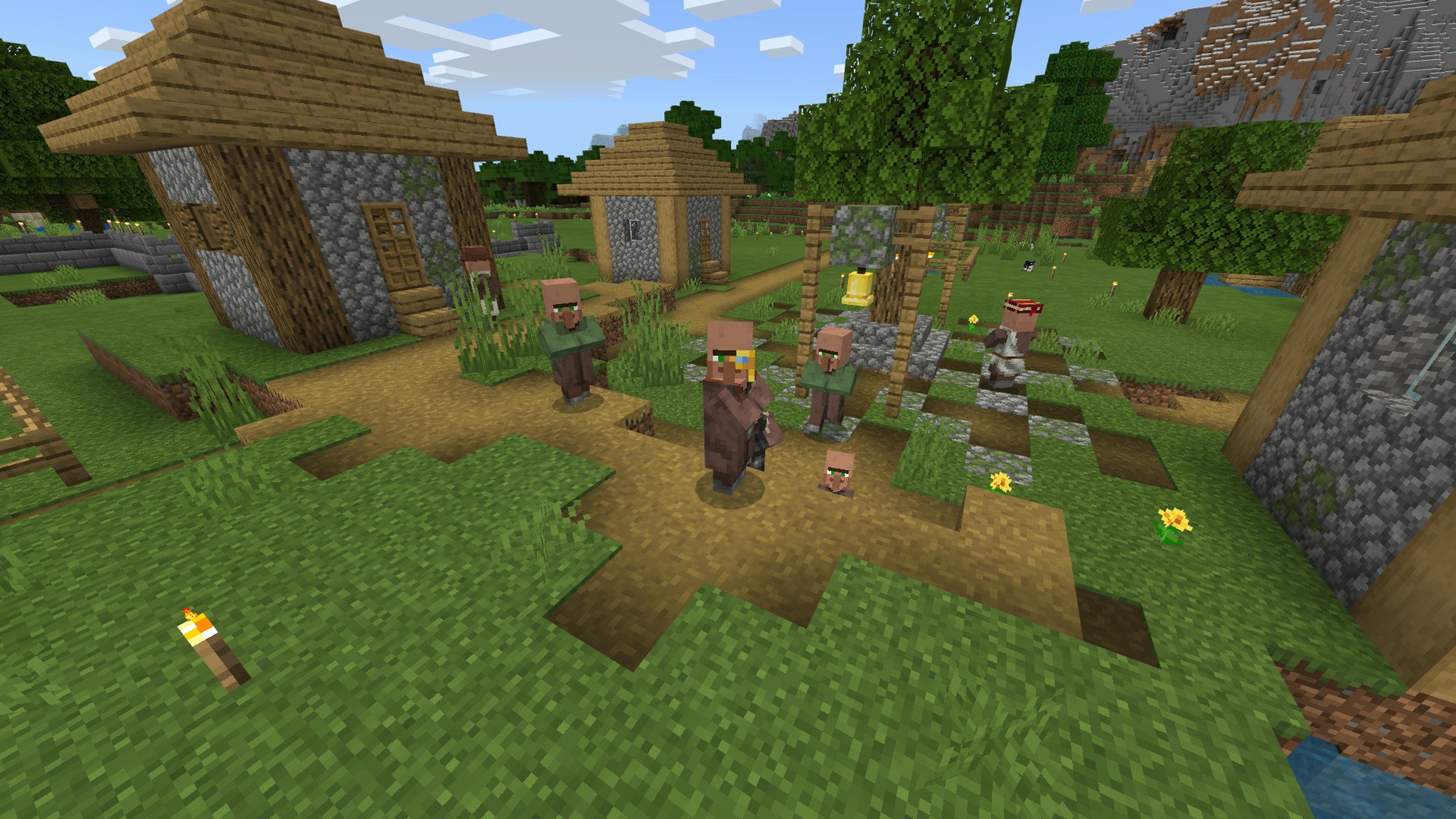
Your actions dictate your popularity in a village, which in turn dictates how villagers treat you. Your popularity is calculated on a scale of -30 to 30. A high popularity will decrease prices in trades, while a low popularity will increase prices.
If your popularity drops below -15, any naturally spawned iron golems will immediately turn hostile and attack you. Iron golems you spawn are exempt from this.
Finally, your popularity is calculated per village, so if you "accidentally" kill everyone in one village, it won't affect how other villages see you.
So how do you change your popularity?
- Fend off a raid. Defeating a pillager raid will increase your popularity by 10.
- Level up a villager. Leveling up a villager through trade will increase your popularity by 2 to 4 points, depending on what level they've reached.
- Trading with a villager. Trading a villager and depleting their stock will increase your popularity by 1.
- Attacking a villager. Villager assault nets you -1 points, while killing a villager nets you -2 points.
- Attacking a villager child. Villager children are understandably more important than adult villagers, so attacking or killing one causes you to lose 3 or 5 popularity points, respectively.
- Killing an iron golem. If you destroy a village's naturally spawned iron golem, you lose 5 points in popularity.
Now leaving the village
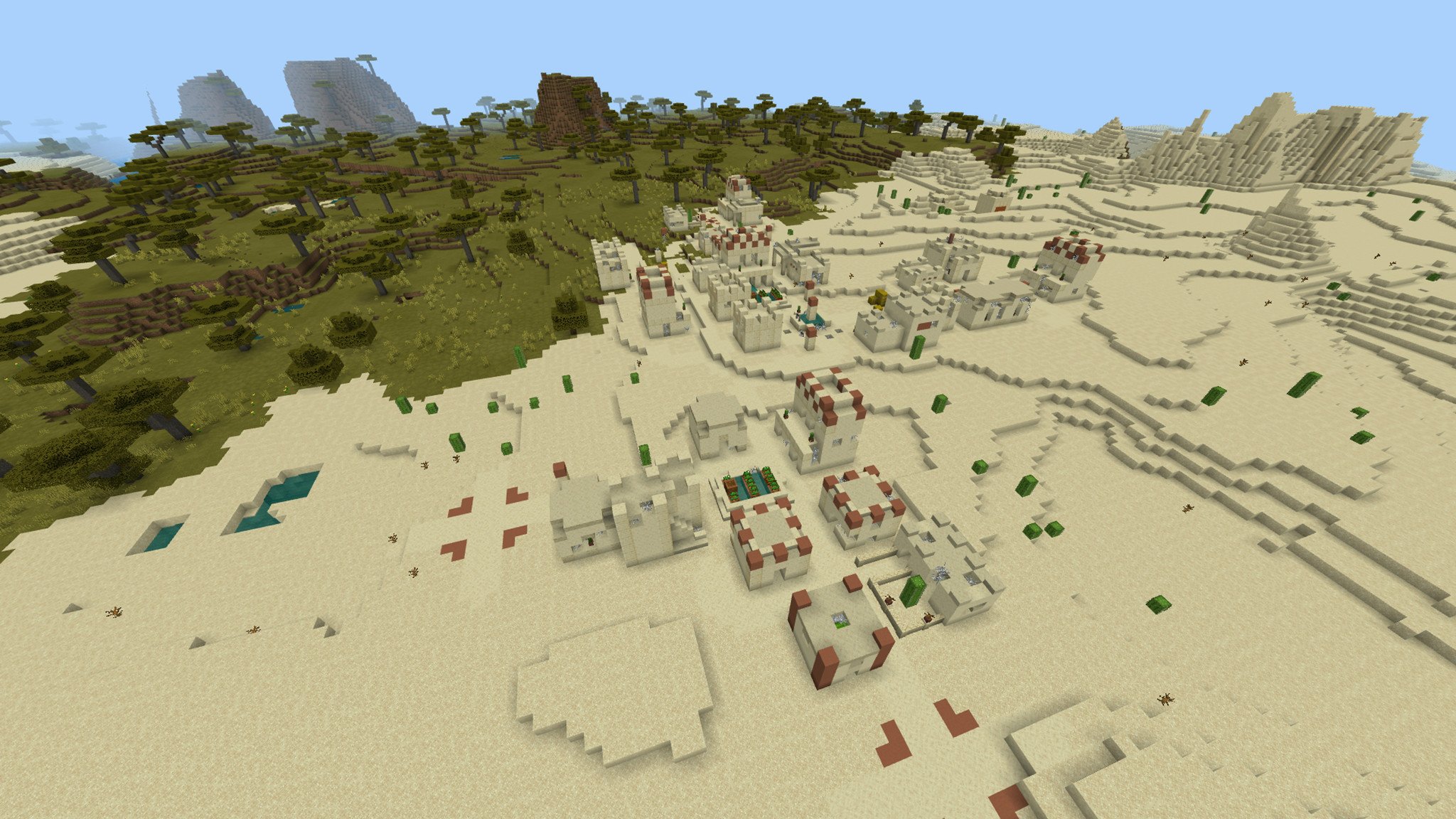
Villages and everything inside them represent a massive segment of Minecraft's gargantuan world, which is evident by the sheer amount of information at hand here. There's still more to know as well, which is mind boggling. However you feel about villages, Mojang has done their part to make them alluring and rewarding.
How you feel about villages in Minecraft? Are you immediately filled with joy upon seeing one, or do you typically ignore them? Let us know in the comments!

Cale Hunt brings to Windows Central more than nine years of experience writing about laptops, PCs, accessories, games, and beyond. If it runs Windows or in some way complements the hardware, there’s a good chance he knows about it, has written about it, or is already busy testing it.
